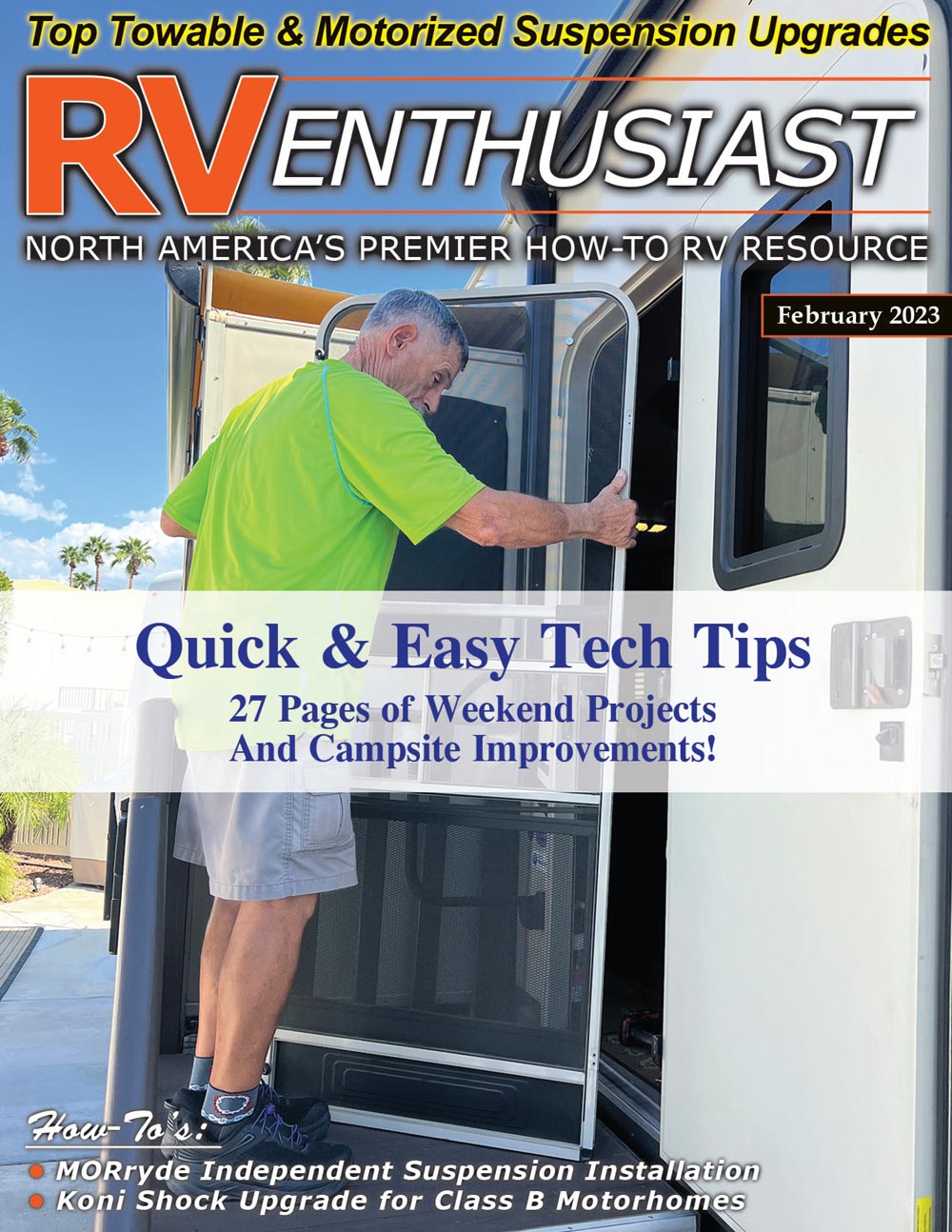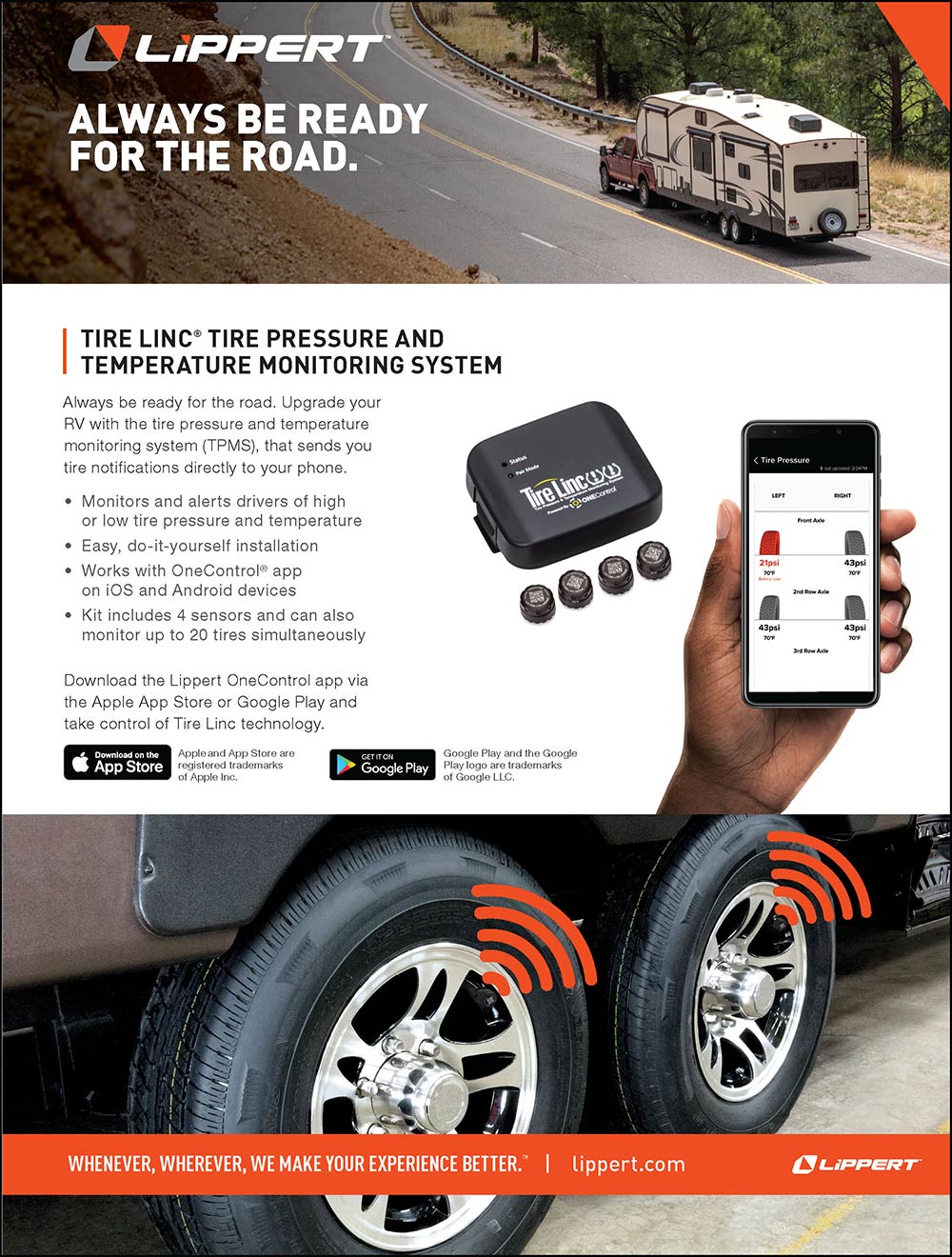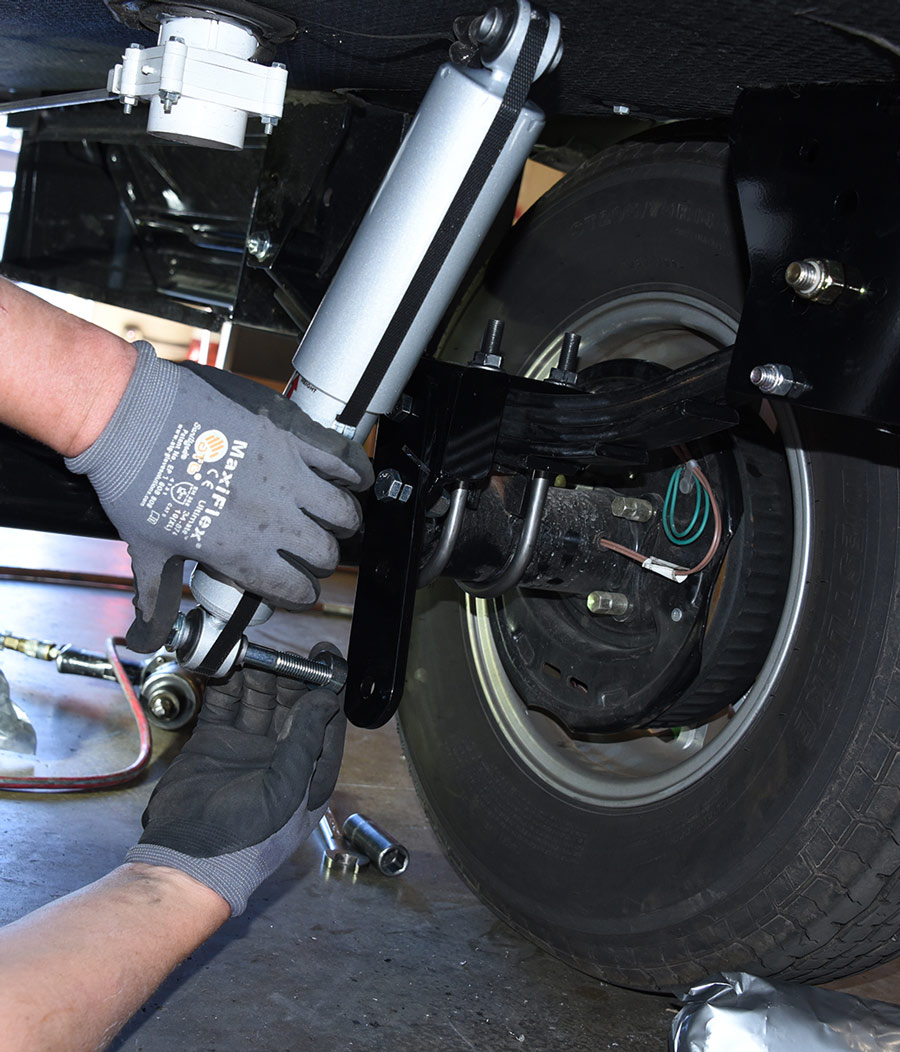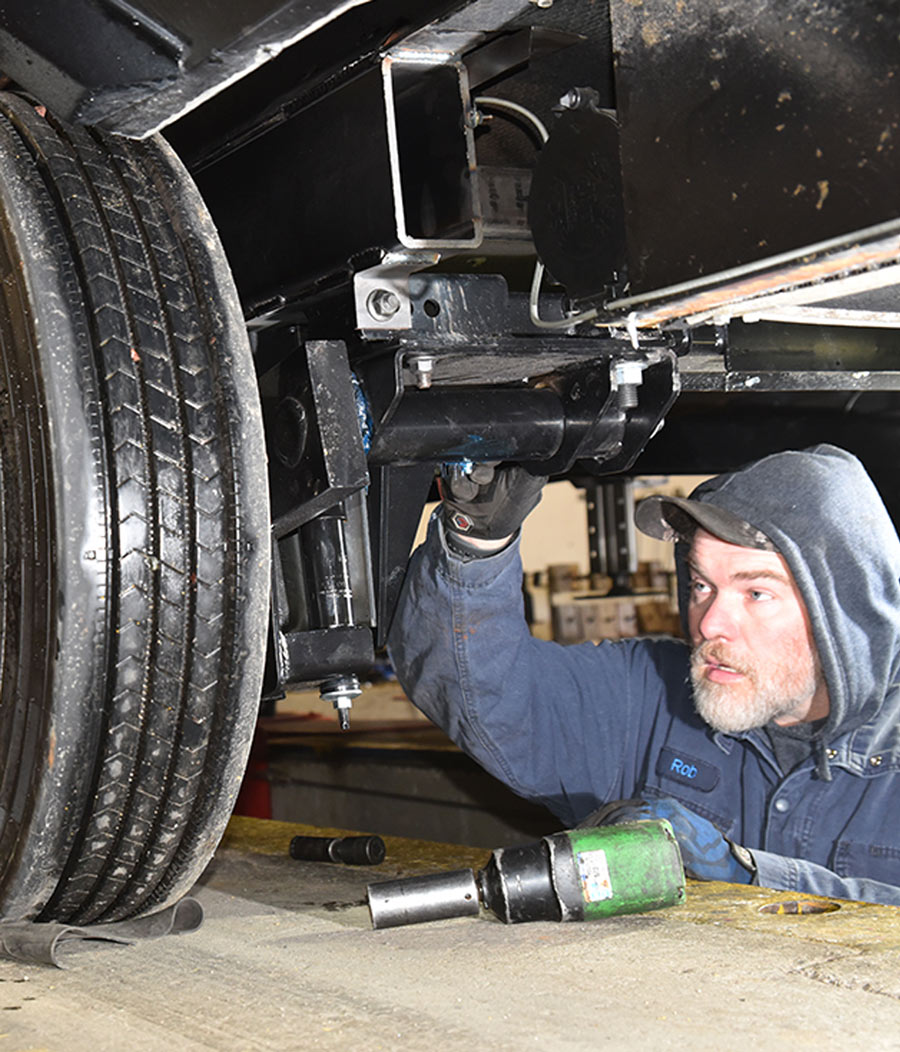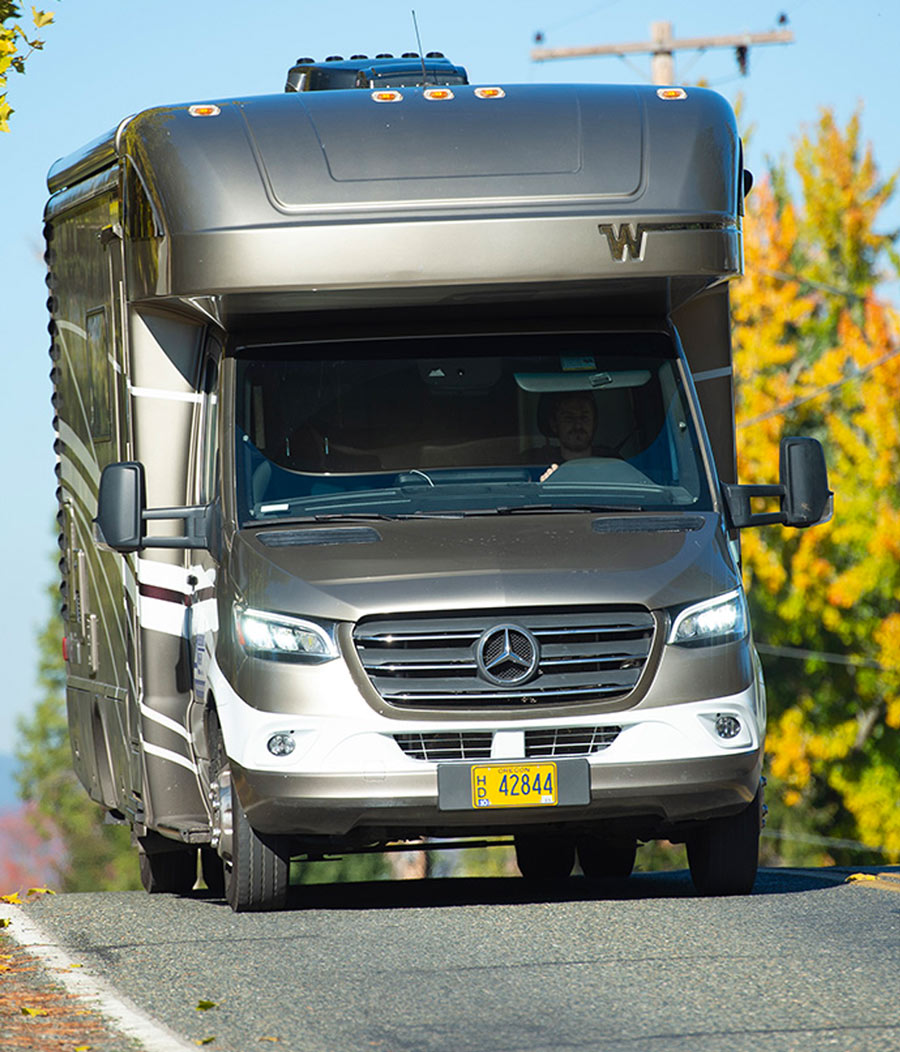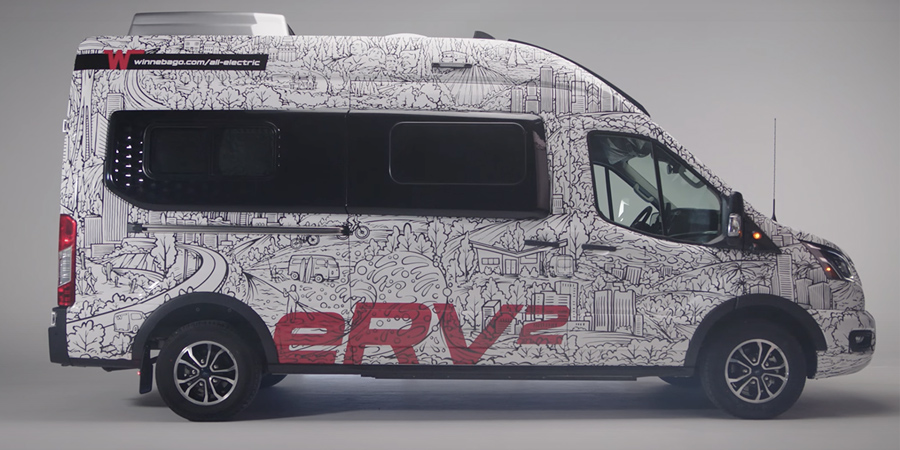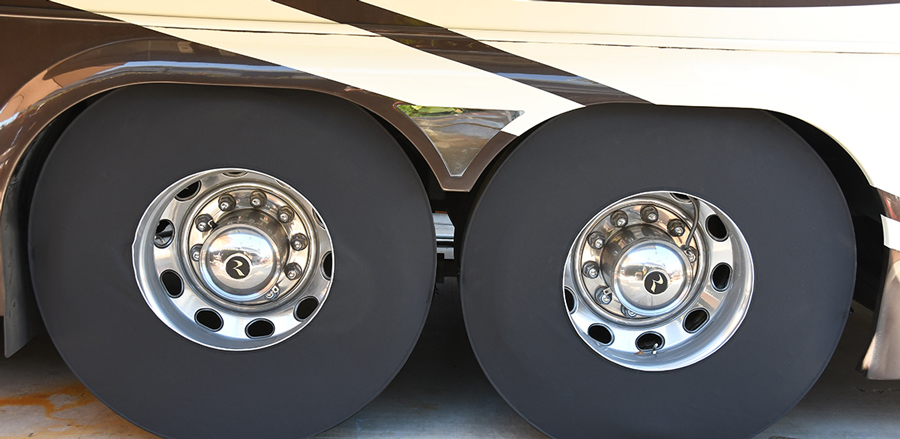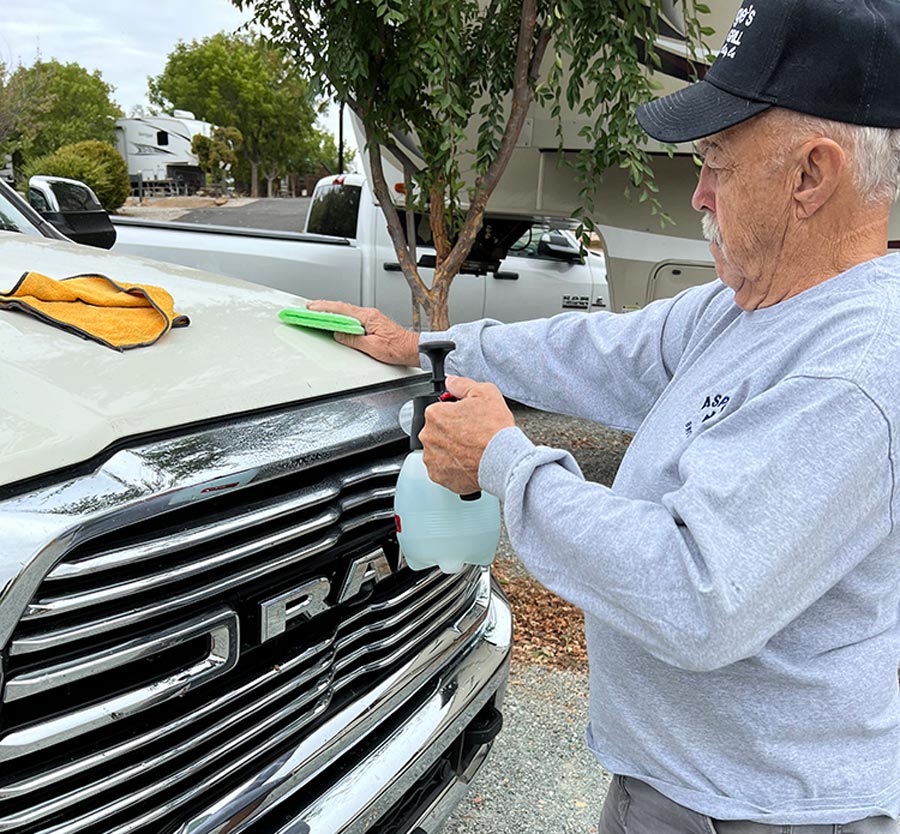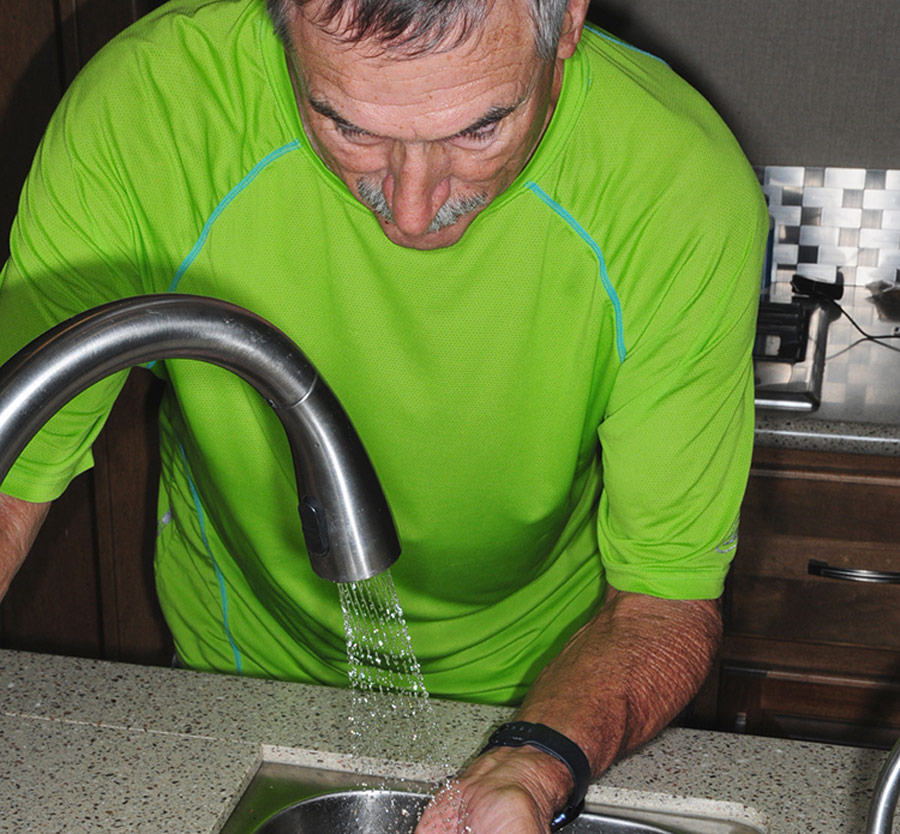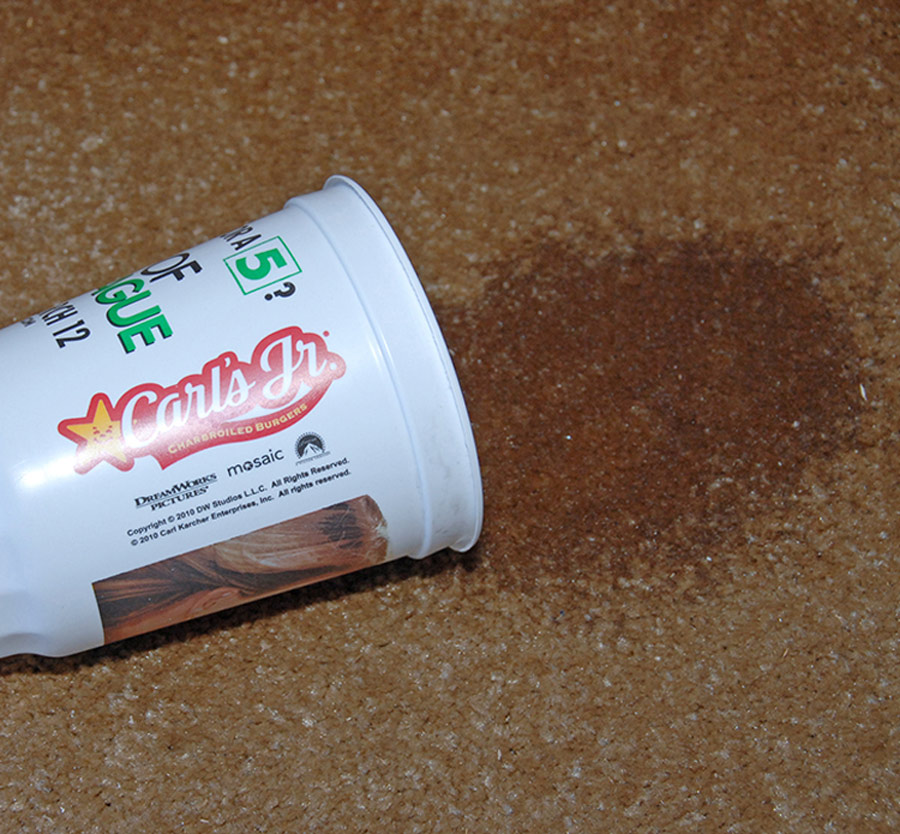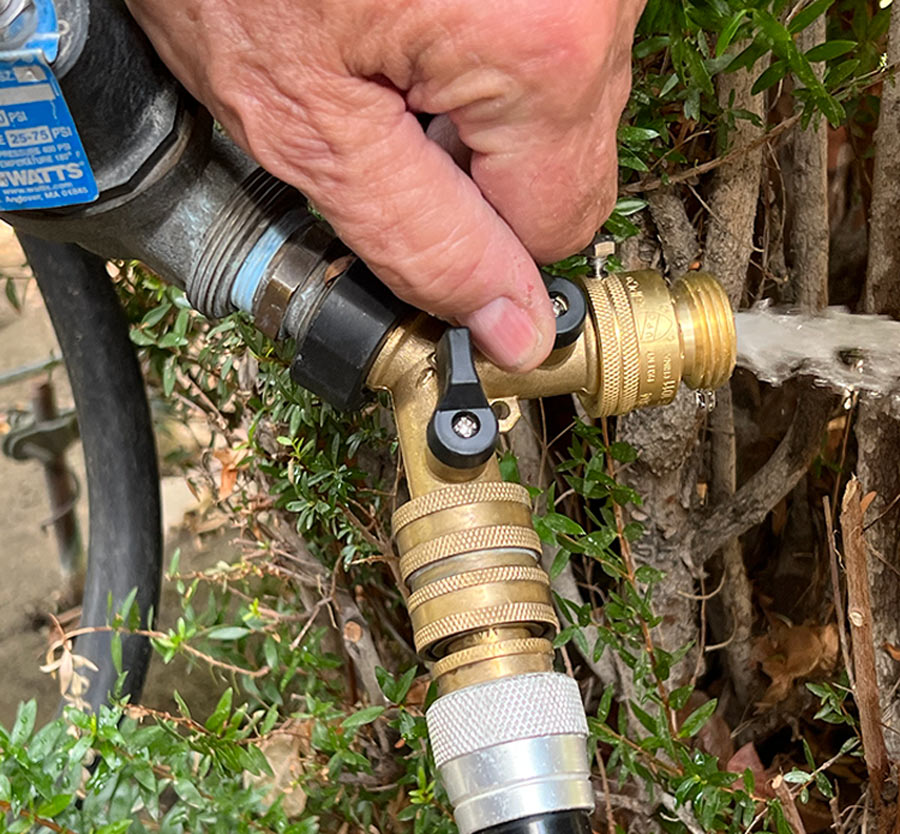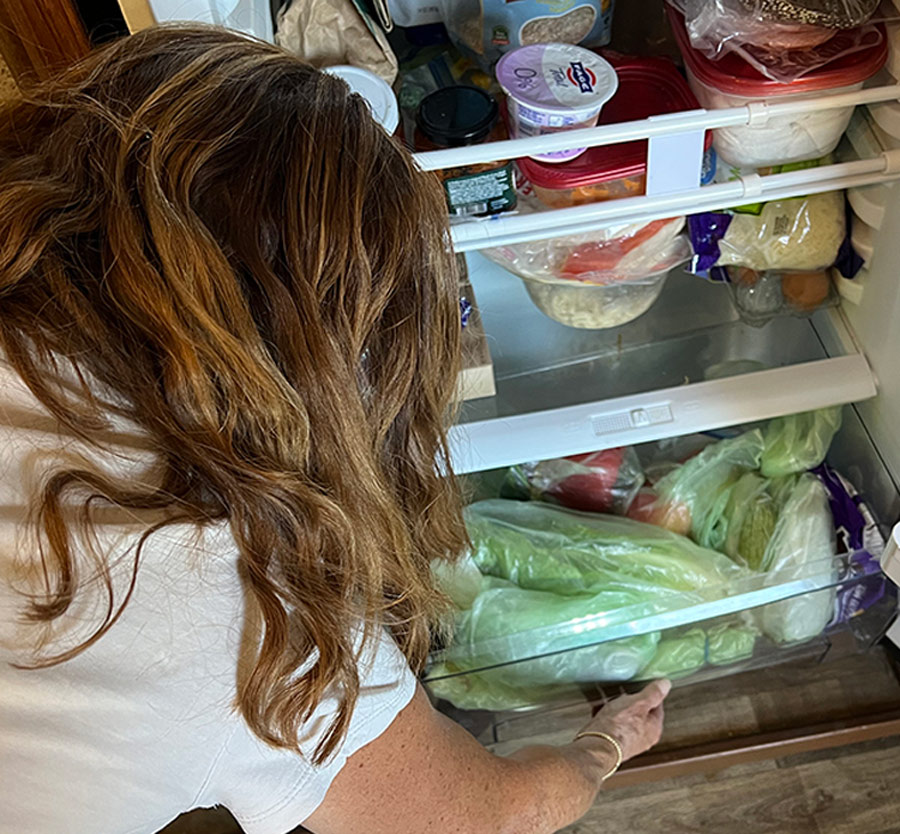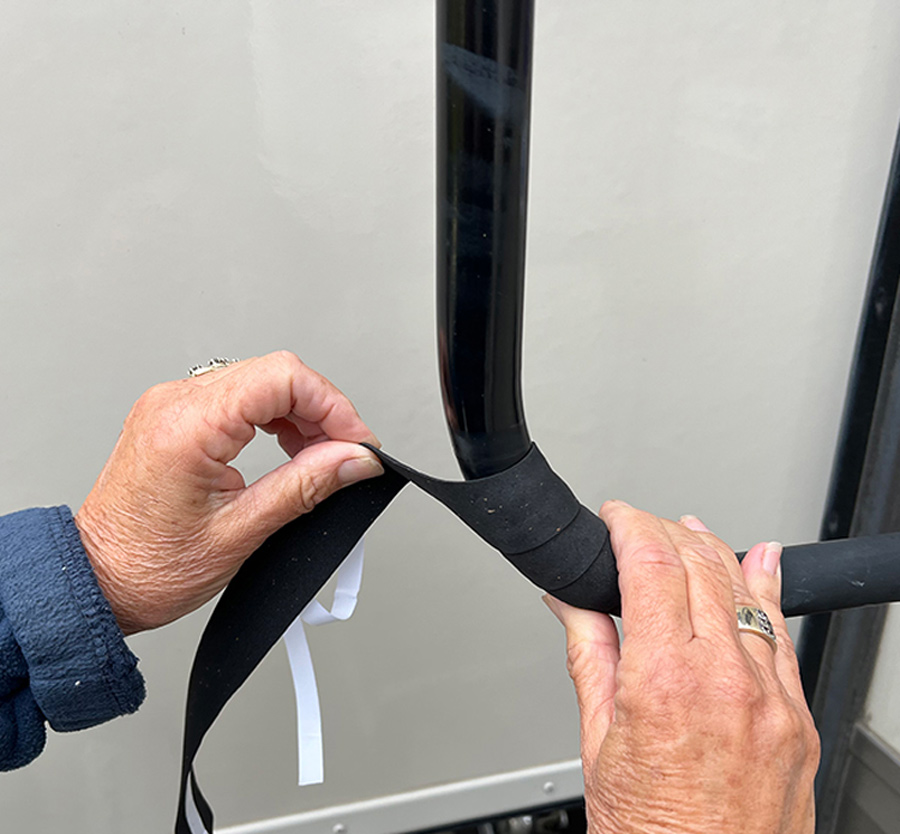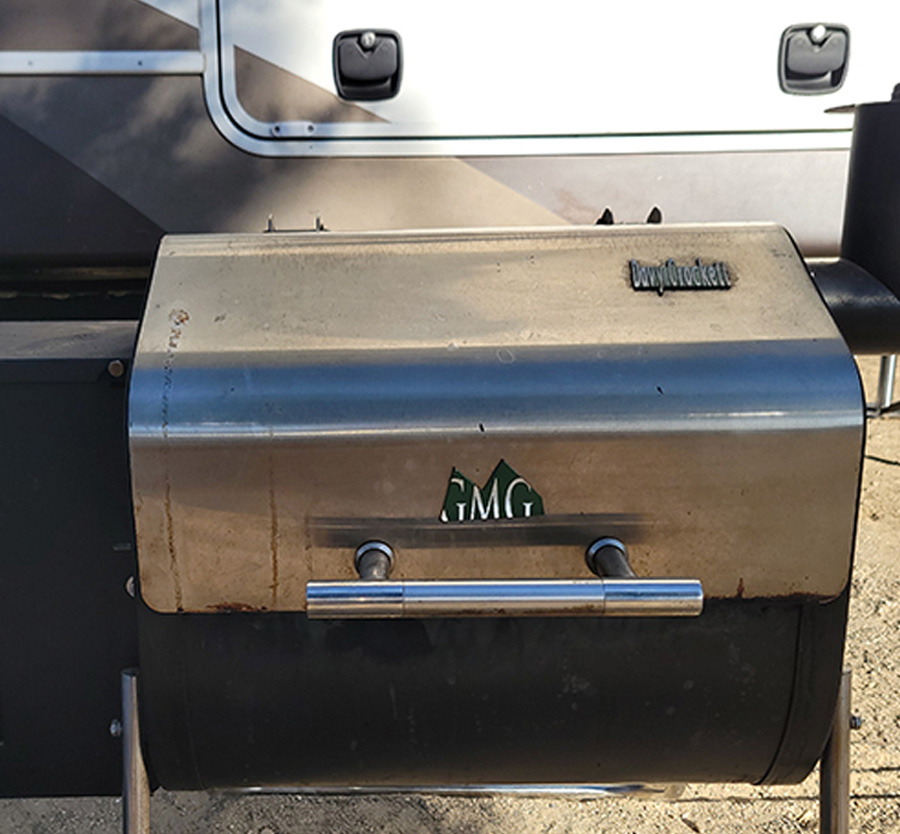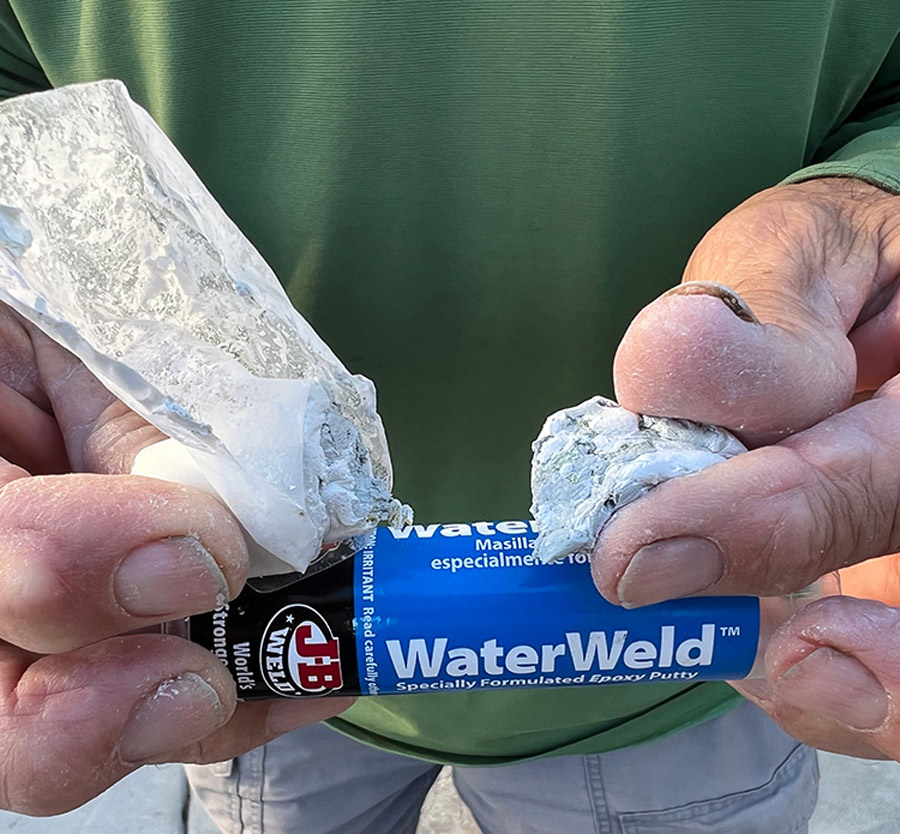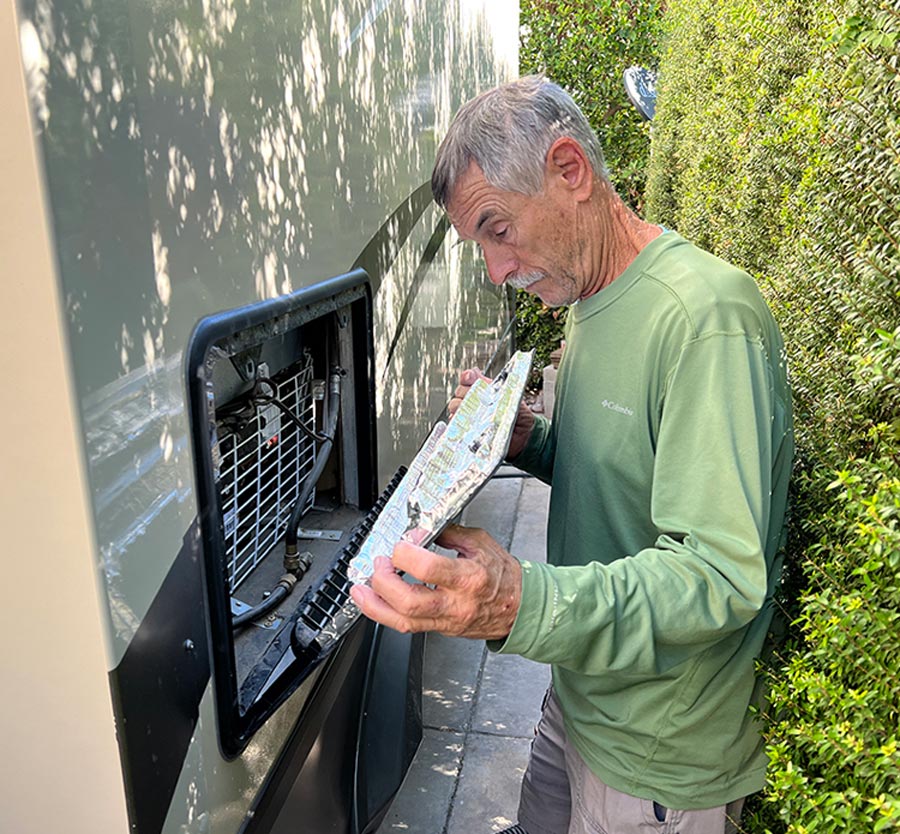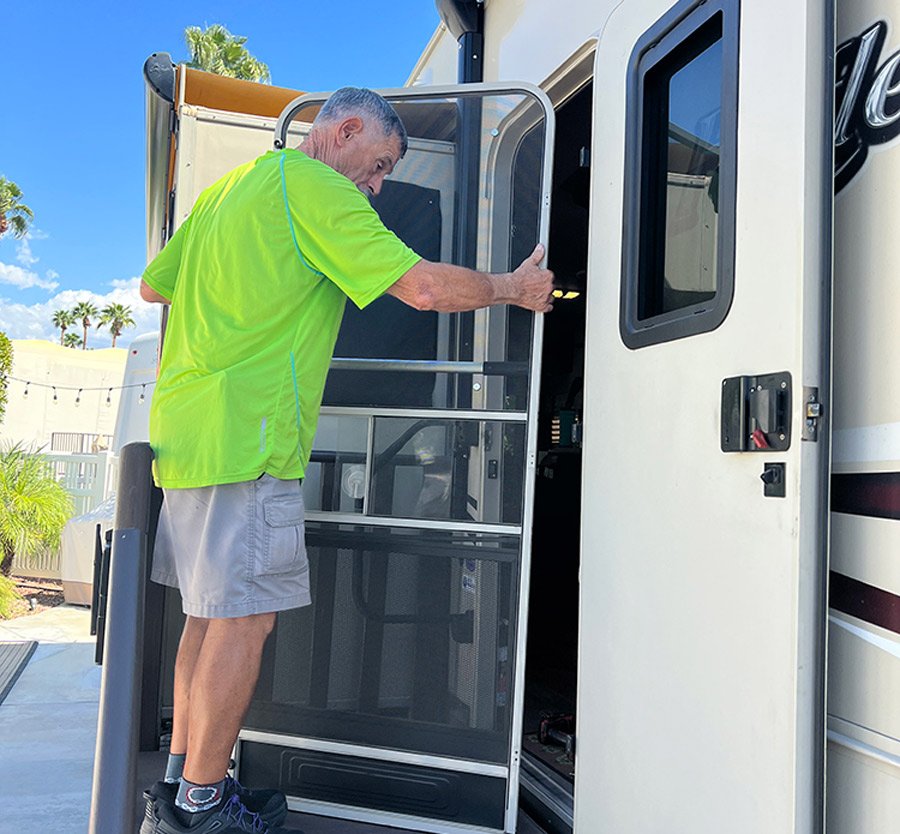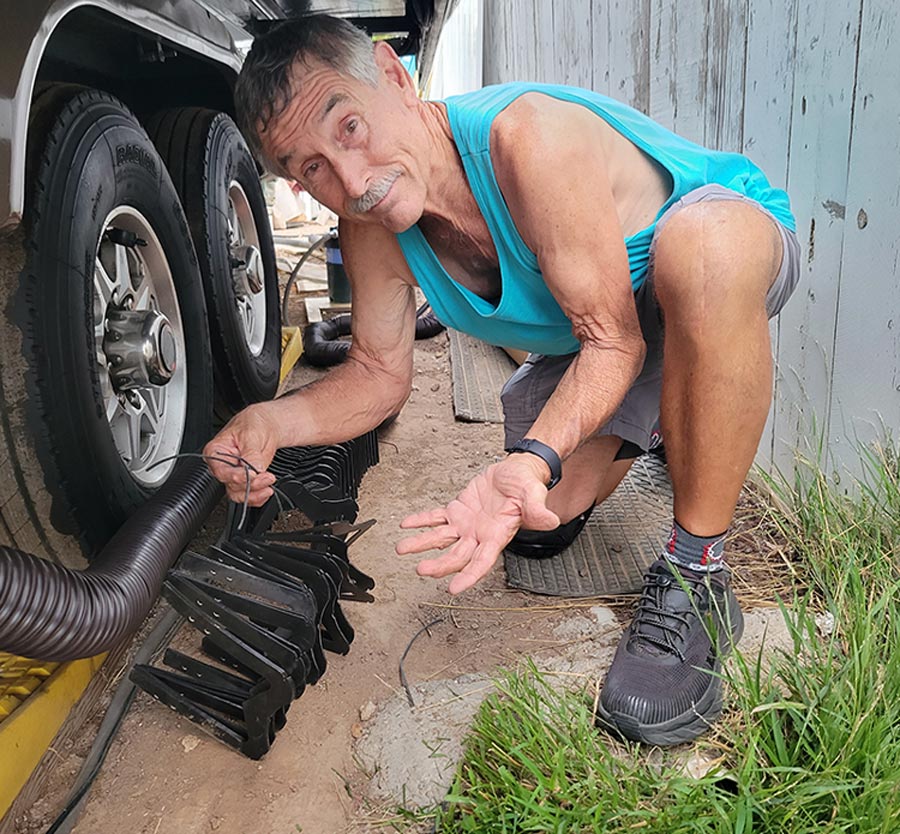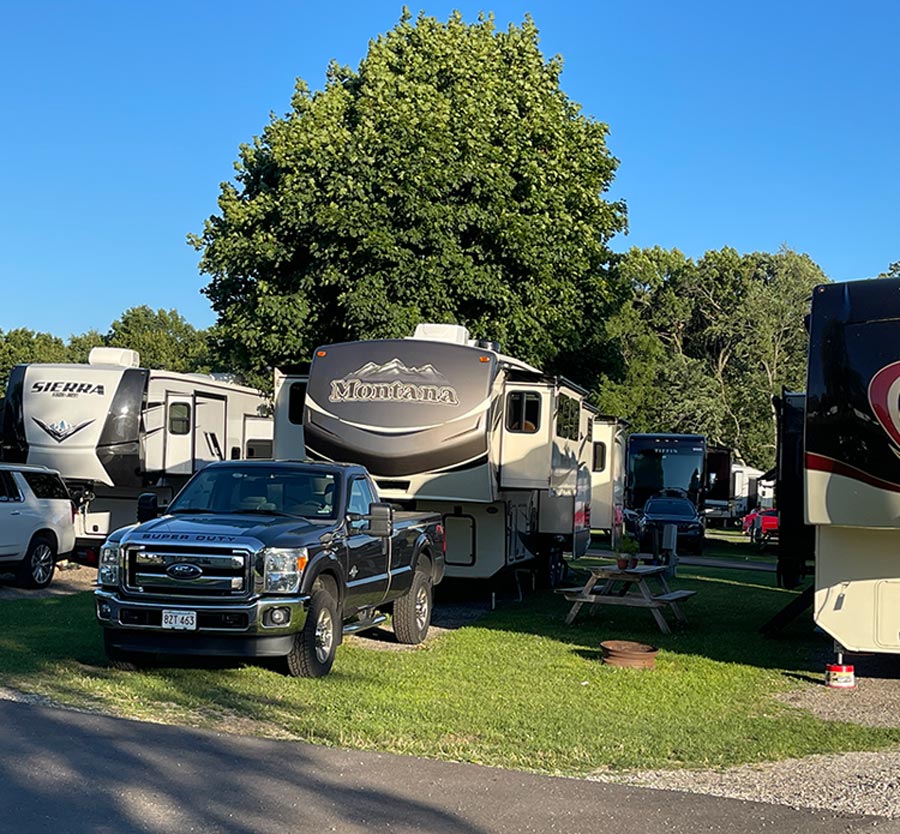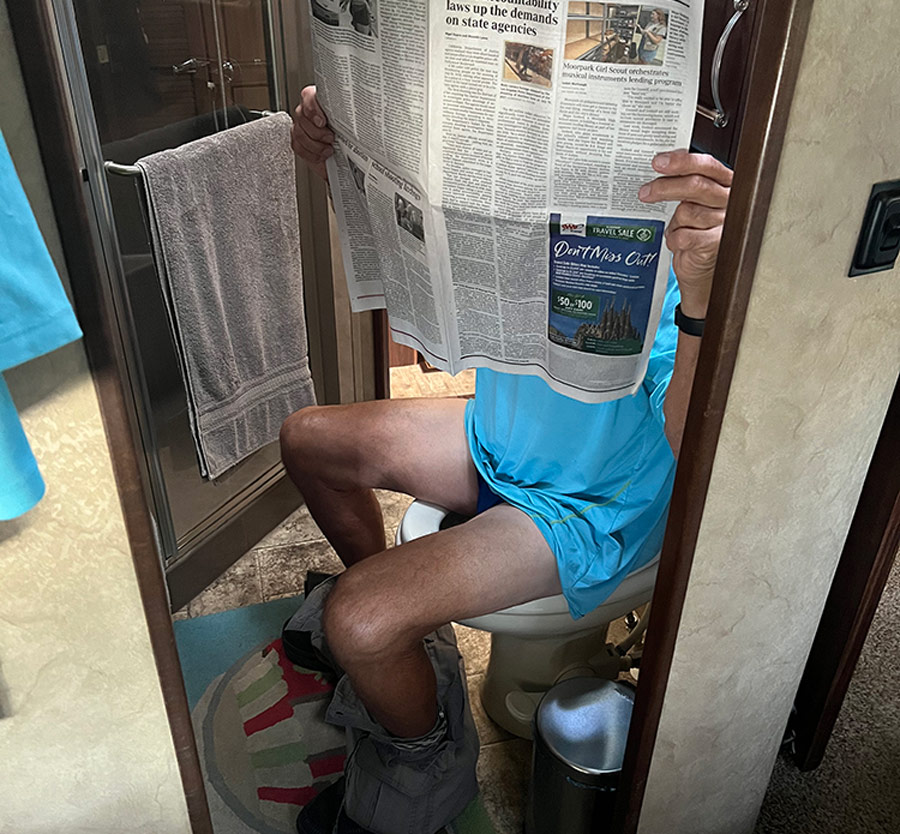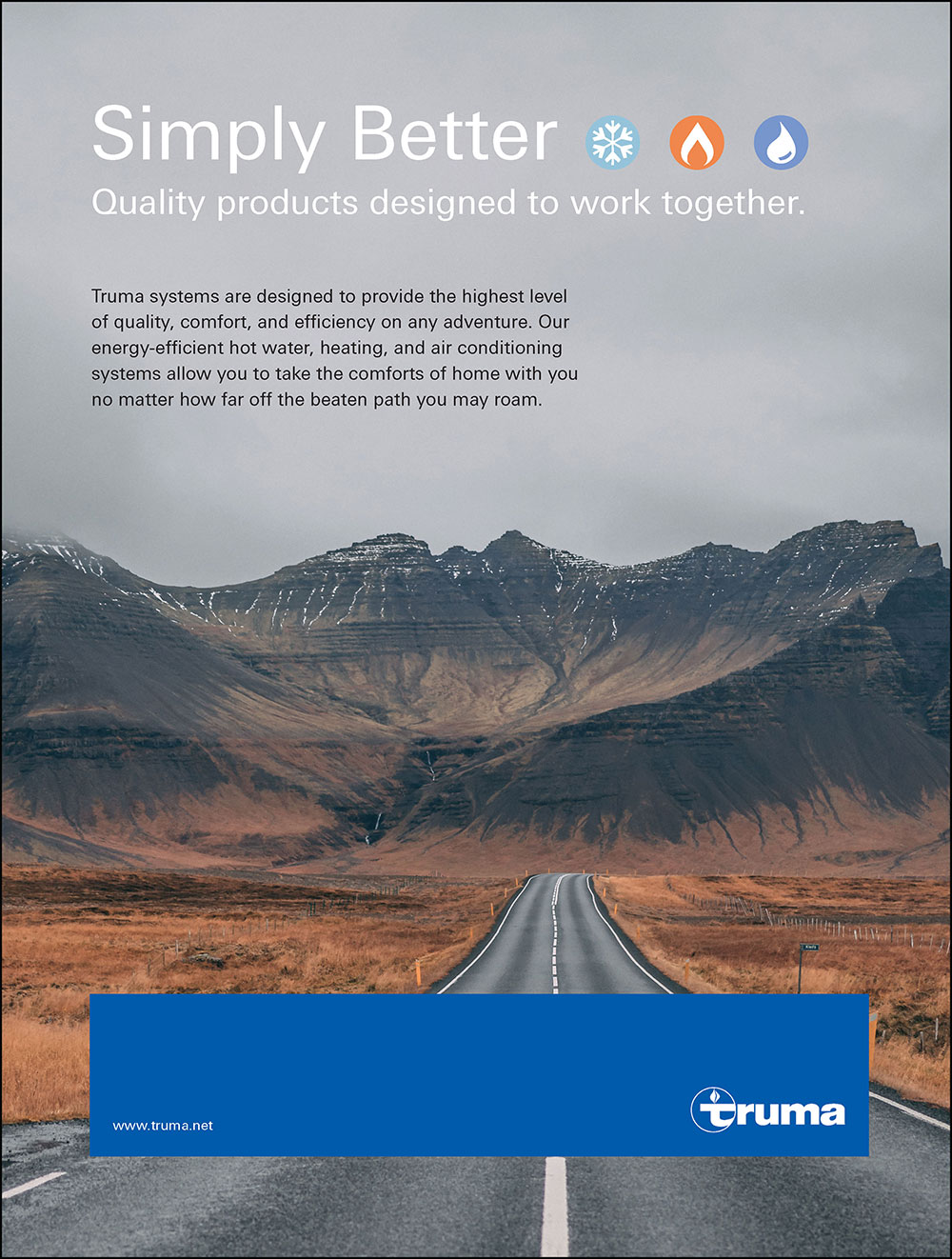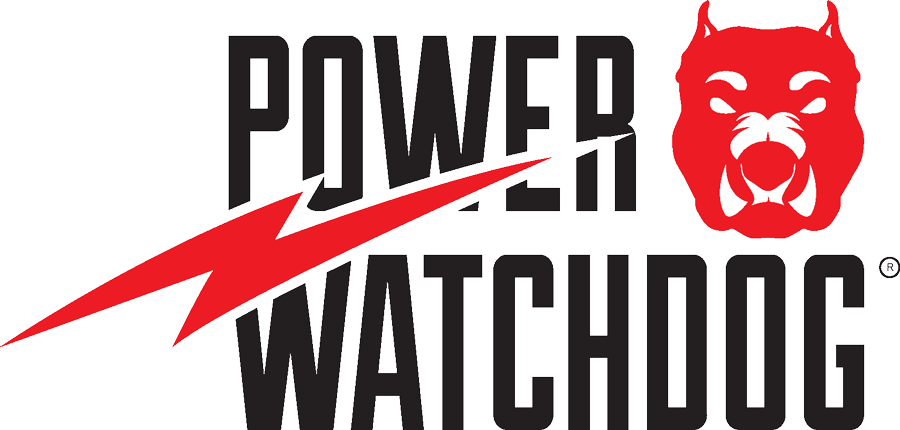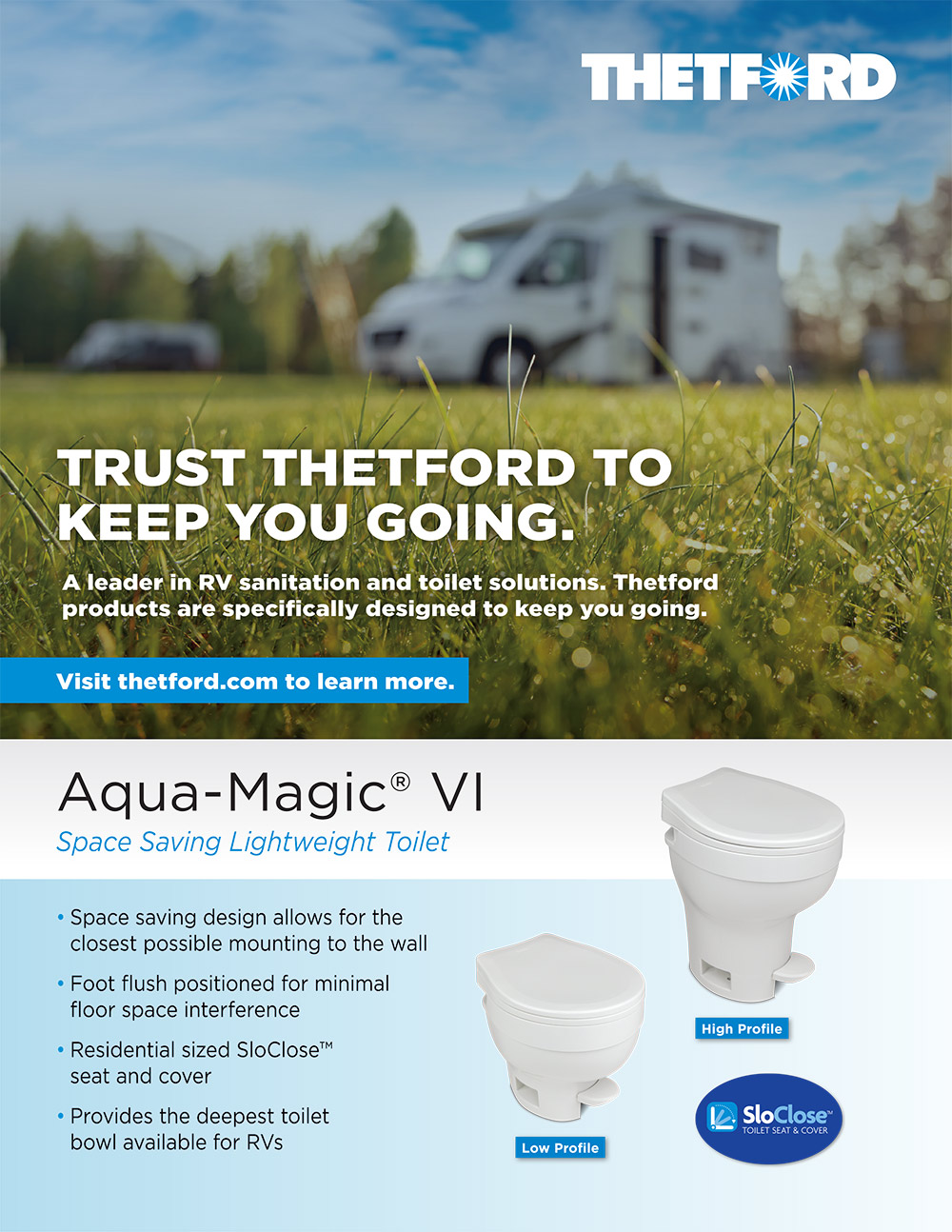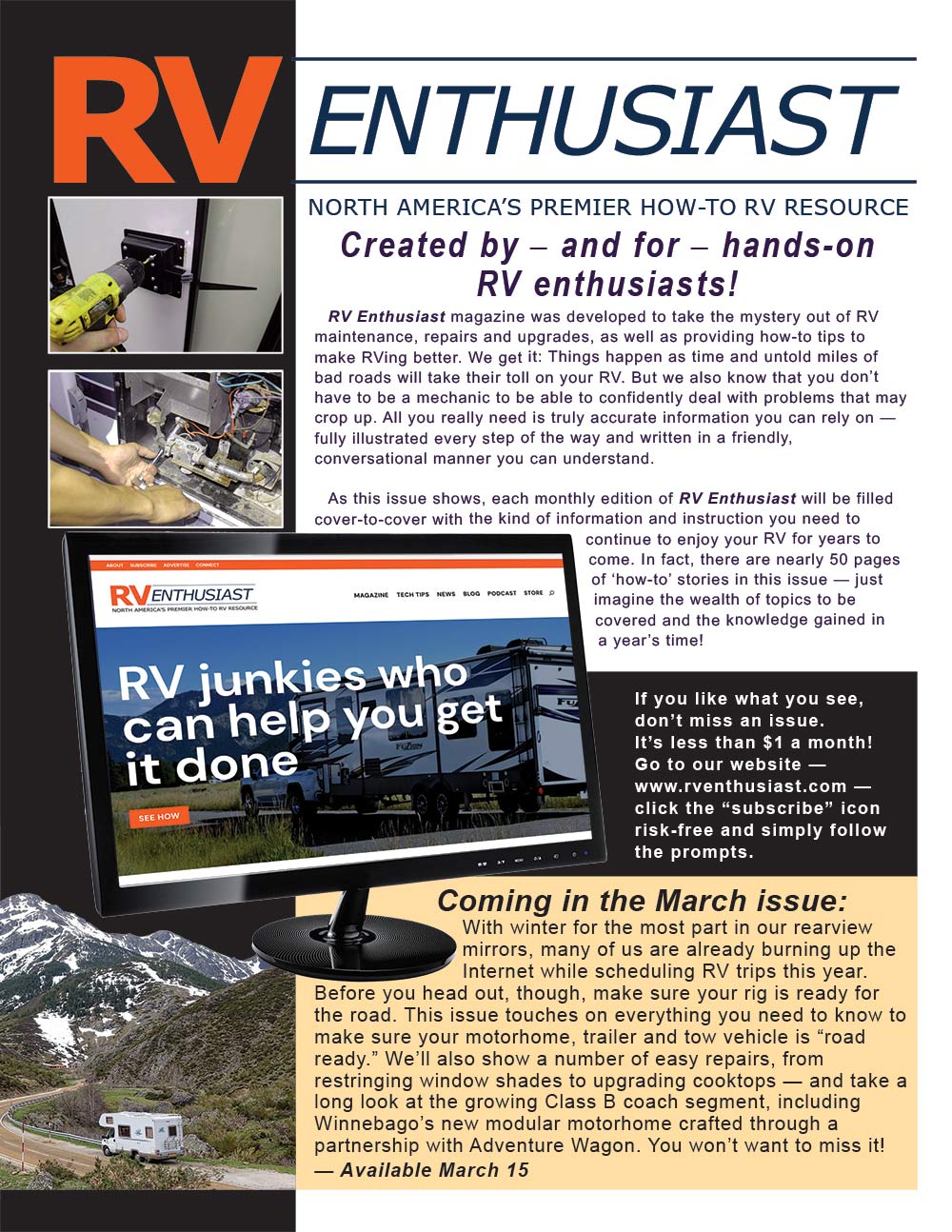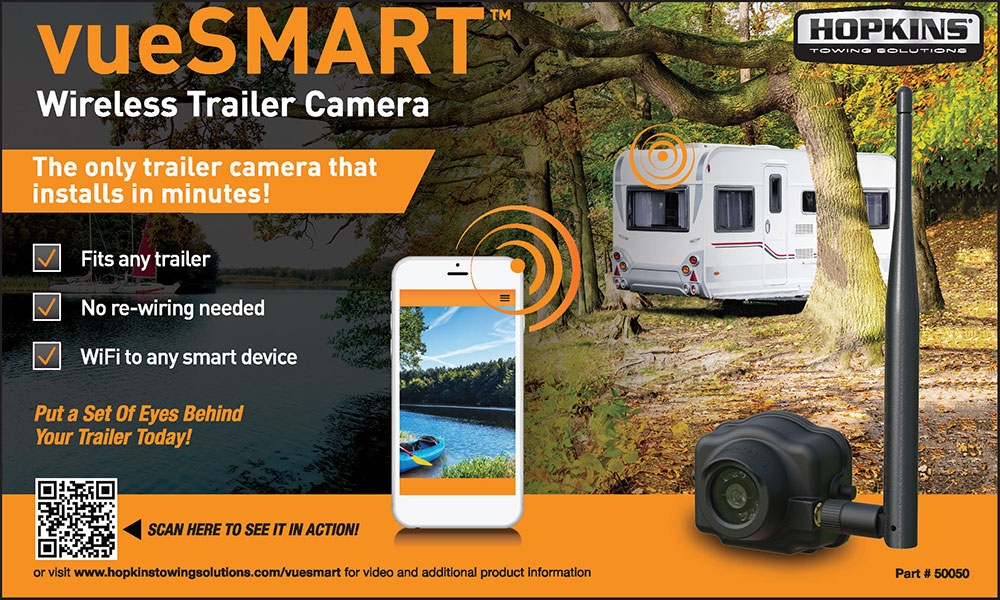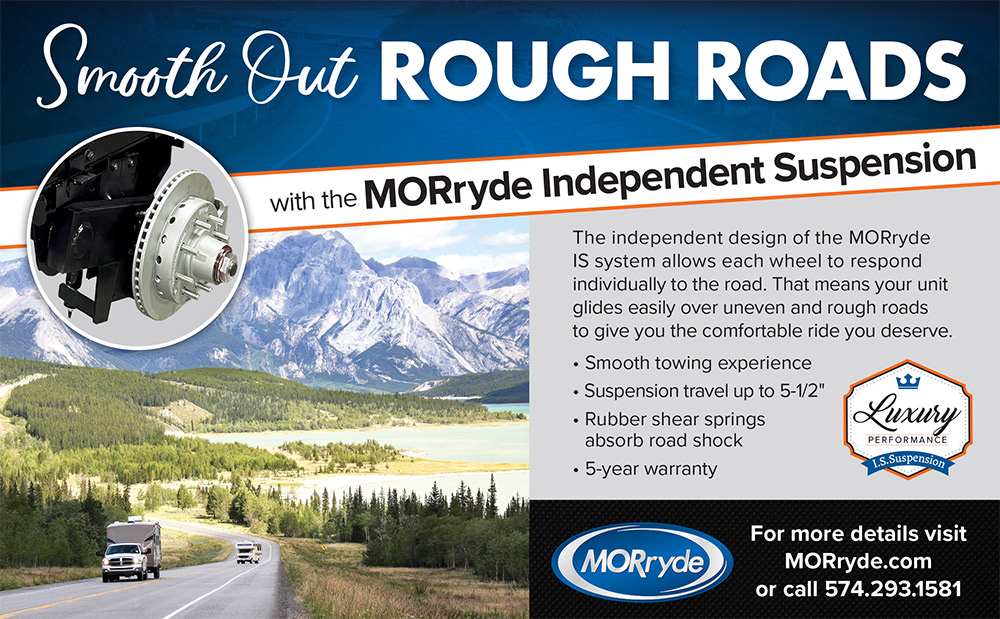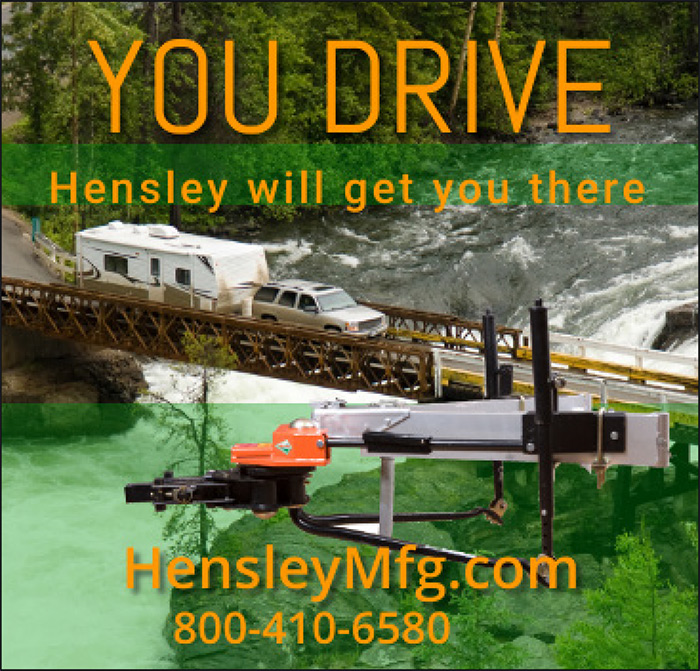Subscriber Access Only
Special Offer
Get 1 year of RV Enthusiast Magazine for just $9.99
Unlock My Offer No ThanksAlready a subscriber? Click here to access full issues.

No one really knows suspensions better than people who deal with them every day — so we approached two of the top names in the field — David Robinson at Roadmaster and Jack Enfield at MORryde, and asked them: What single upgrade to a motorhome and travel trailer/fifth wheel provides the most bang for the buck? Their answers may surprise you.
The typical trailer suspension only allows for about two inches of travel — and when it’s loaded down, it’s a lot less. MORryde’s IS independent suspension for trailers, on the other hand, is designed to provide more than five inches of travel, which significantly reduces road shock. We followed along during an installation at Henderson’s Line-Up Brake & RV in Grants Pass, Oregon, to see what’s involved.
Most folks don’t realize that shocks wear out just like tires — it just takes longer, so it’s not as noticeable. Replacing worn shocks with premium versions, though, makes a big difference in ride quality — which was demonstrated when the tired shocks on this 2021 Winnebago Navion riding on a Mercedes Benz sprinter chassis were swapped out for adjustable Koni Heavy Track “Reds.”
(805) 320-6909
[email protected]
EDITOR – Bruce Hampson
(574) 584-4616
[email protected]
TECHNICAL DIRECTOR
BILL GEHR
(805) 340-5015
[email protected]
ART DIRECTOR – MIKE ACCUARDI
[email protected]
26362 Douglas ave., Elkhart, in 46514
 AFFILIATE NOTICE: RVE Media Group LLC provides links to vendors and products, such as an Amazon Associates account, for informational purposes, but that may provide a commission if you purchase from that link. We often label these links with language that provides transparency if the destination is an advertiser, affiliate, or partner. Products are often provided to RVE at little/no cost for editorial testing purposes by vendors/suppliers. Under no circumstances does this affect the results of the test or install as published in RV Enthusiast. Sponsored content is identified as such directly on the content.
AFFILIATE NOTICE: RVE Media Group LLC provides links to vendors and products, such as an Amazon Associates account, for informational purposes, but that may provide a commission if you purchase from that link. We often label these links with language that provides transparency if the destination is an advertiser, affiliate, or partner. Products are often provided to RVE at little/no cost for editorial testing purposes by vendors/suppliers. Under no circumstances does this affect the results of the test or install as published in RV Enthusiast. Sponsored content is identified as such directly on the content.
PRIVACY POLICY: Our complete privacy policy can be found at https://rventhusiast.com/privacy-policy/
That’s why Harvest Hosts’ (harvesthosts.com) program has been so popular. And so necessary. At a time when sold-out campgrounds are turning away guests, the ability to safely overnight in a self-contained RV can be critical. The fact that Harvest Hosts offers members overnight stays among some of the most beautiful surroundings imaginable, from wineries to farms and more, makes these stays just as memorable as any other part of a trip.
Naturally, it was only a matter of time before local governments saw such programs as less about safety and helping to promote local companies — such stays are most often at establishments, which sell their own products through everything from fruit stands to wine-tasting cellars and Harvest Host members are encouraged to frequent them — and more about being yet another untapped revenue source.
News & Notes
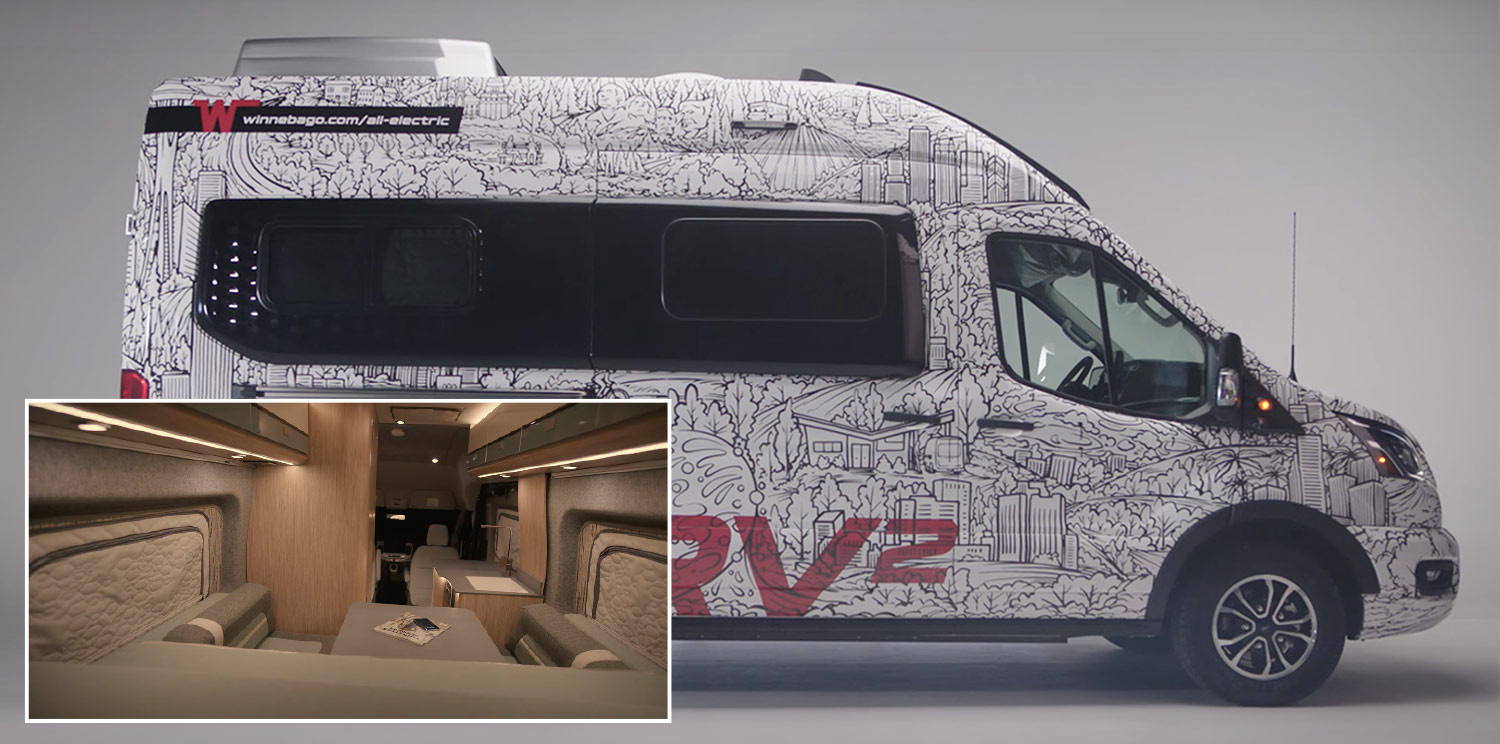
This year, the company introduced a fully-operational prototype of its all-electric, zero-emission RV. Known as the eRV2, the prototype emerged from Winnebago’s original eRV concept. The eRV2 is said to be the most advanced all-electric, zero-emission RV, and rigorous field testing with everyday consumers is underway to provide insights that will inform the eRV2’s final design before hitting dealerships in the future.
Among the key features of the eRV2, America’s first all-electric, zero-emission motorhome prototype:



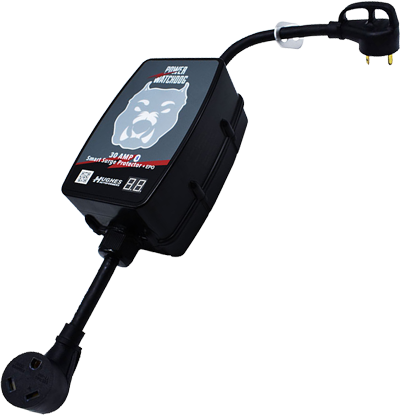
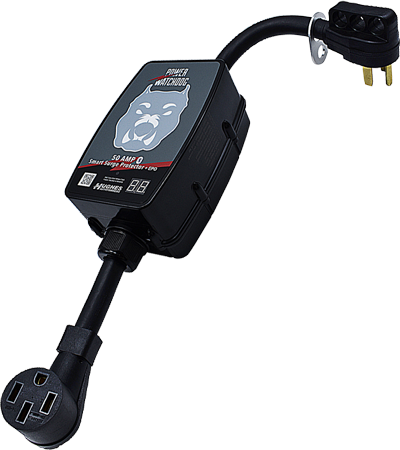
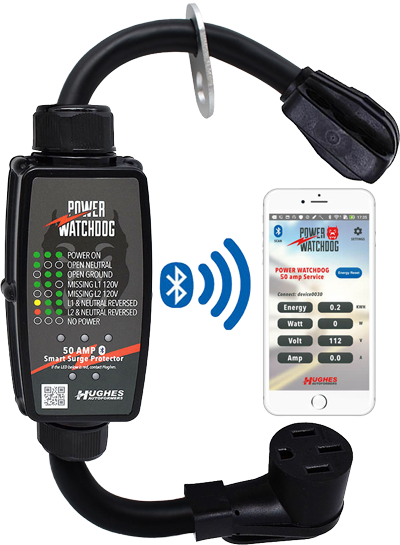
Loosie Goosy Steering

Bill, I purchased a used 2017 Fourwinds 28-foot Class C motorhome with about 9,280 miles on the odometer. On our first trip, I was so disappointed on how loose the steering seemed to be. It felt like I needed to constantly correct the steering — basically a white-knuckle ride when we hit some wind. With the low mileage, it doesn’t seem like the front end should be worn out, maybe a little bit of wear but nothing like this.
—Ron Zimmerman
Indeed, traveling in strong winds can be scary at times; I’ve been there, done that. I’m pretty sure that your wheelbase has a lot to do with the situation. If the wheelbase is too short, leaving a lot of overhang to the end of the motorhome, the chassis produces “tail wagging” sensations, and at times can even be dangerous, depending on severity and loading.

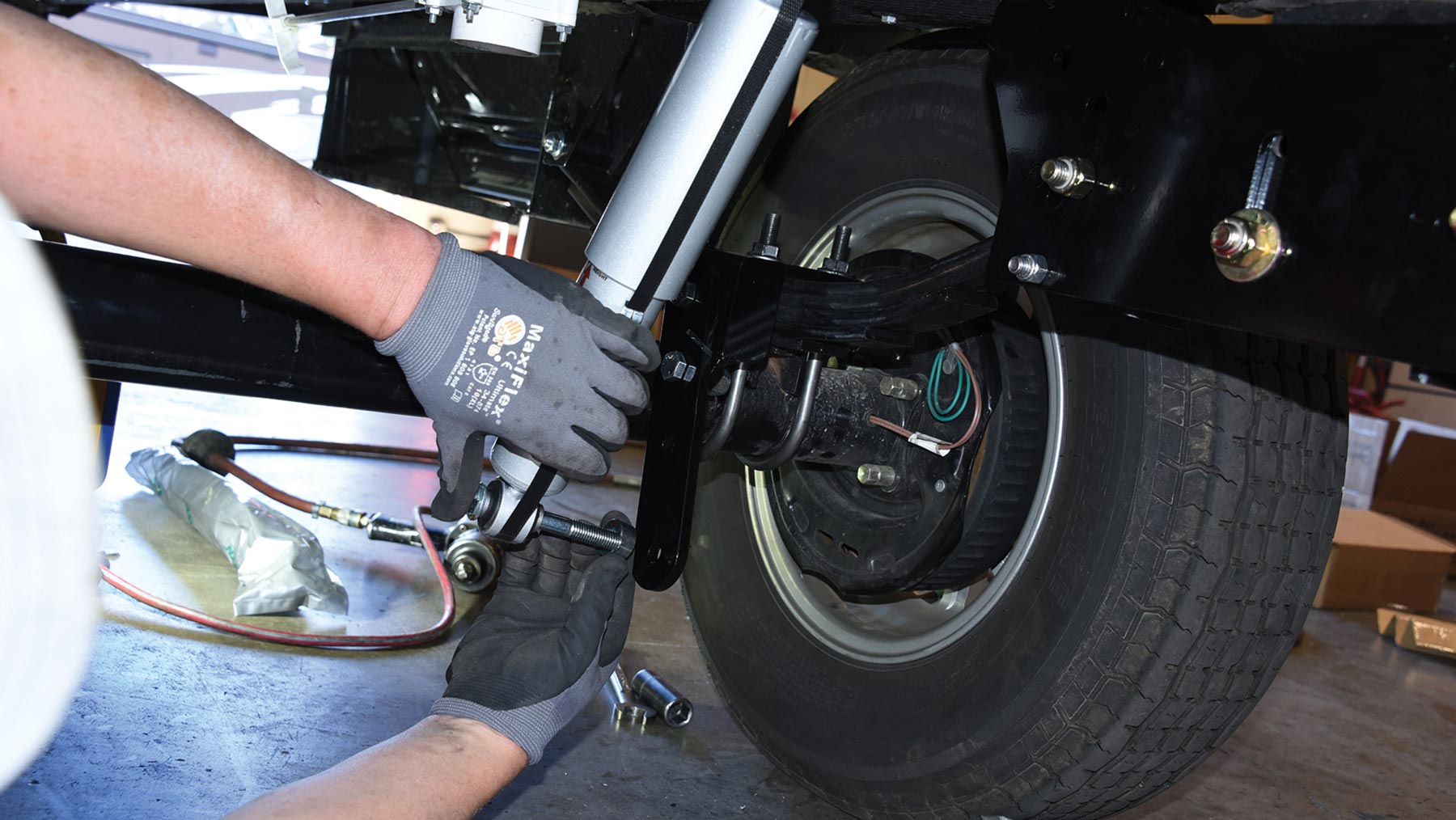
raveling by RV represents, in many ways, the pinnacle of freedom. Whether you’re heading out for just a long weekend or a months-long adventure, it’s tough to minimize having the ability to just pick up your “home” and head off to virtually anywhere the road can take you.
Well, until something breaks. Rather than become frustrated at the mostly unavoidable result of a machine succumbing to inevitable wear-and-tear, however, RVers might well look upon their RV as something that can not only be personalized but improved upon. Unless you’ve got deep pockets, most RVs are a compromise between what it could be and what it is — and we’re not just speaking about the difference between, say, a nice linoleum floor covering and heated ceramic tiles. RV engineers, designers and product managers are constantly working to create the best vehicle they can — albeit within price point constraints. Ironically, though, the difference between a “good” and “better” product is sometimes just a few dollars, a situation that oftentimes leaves owners scratching their heads.
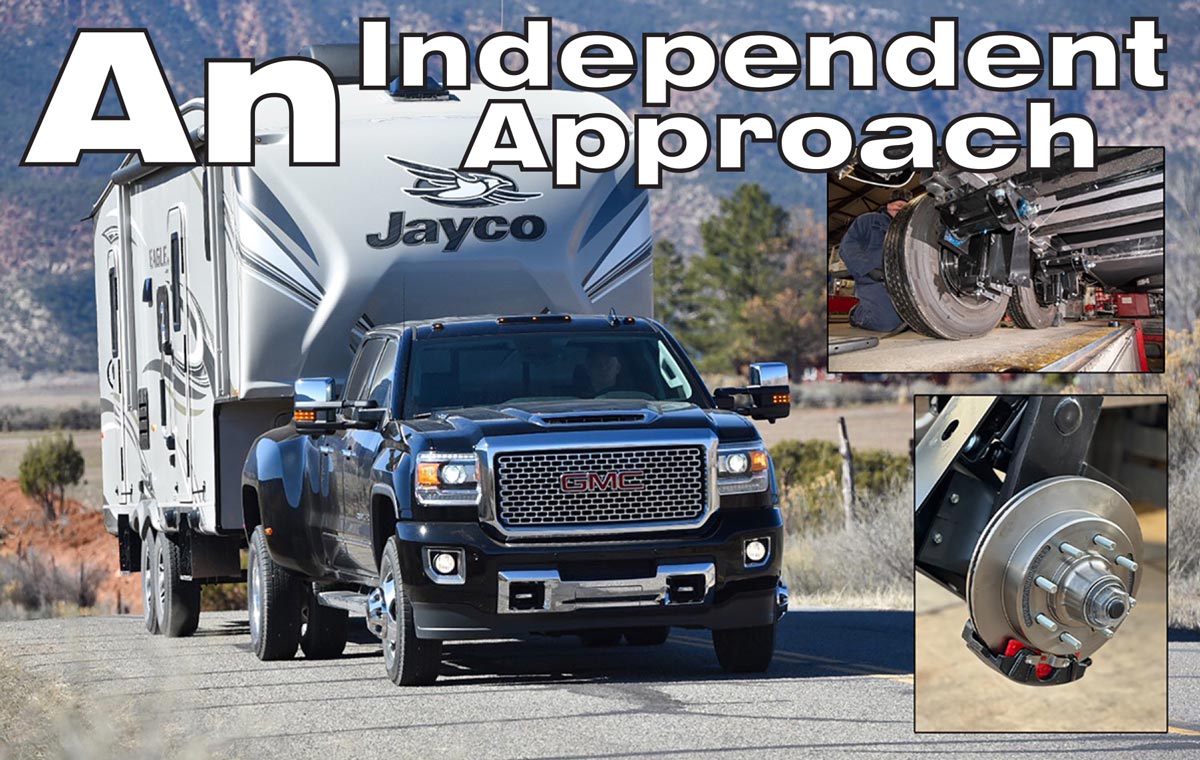

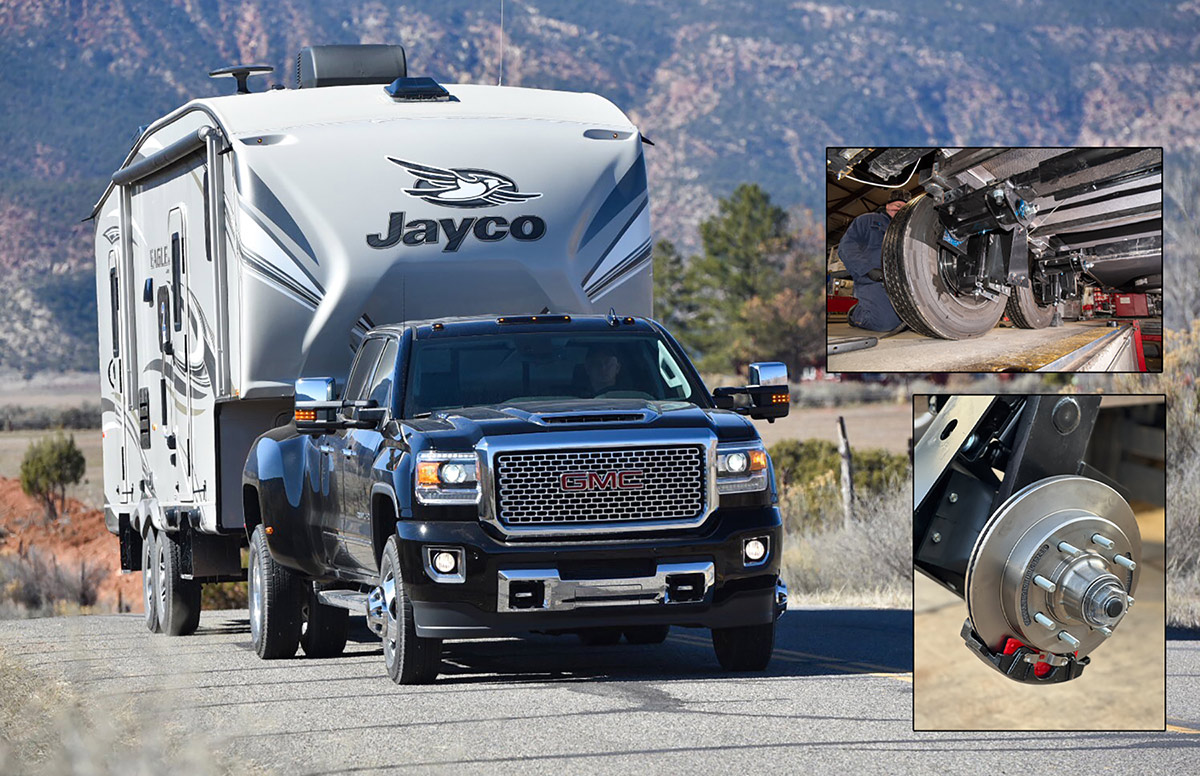
oday’s larger travel trailers and fifth wheels are truly houses on wheels. They offer all the amenities needed to provide a comfortable place to stay during a weekend getaway, going on a long vacation or even being used for extended stays. The downside is these RVs take a constant pounding when being towed over rough roads, which are all too common across the country — and those hits from the stiff solid-axle trailer suspensions take a heavy toll on the trailer and everything inside.
“The (OEM) leaf-spring/solid-axle suspension system under RV trailers really isn’t good enough to protect the house on wheels from damage and road shock,” said Jack Enfield, sales and marketing manager at MORryde International, an industry leader in RV suspension systems.
As Enfield pointed out, unlike the abundance of suspension travel afforded in the pickup trucks doing the towing, the typical RV trailer leaf-spring suspension only has about 2 inches of total travel. When the trailer is loaded up, that suspension travel is limited to about an inch.
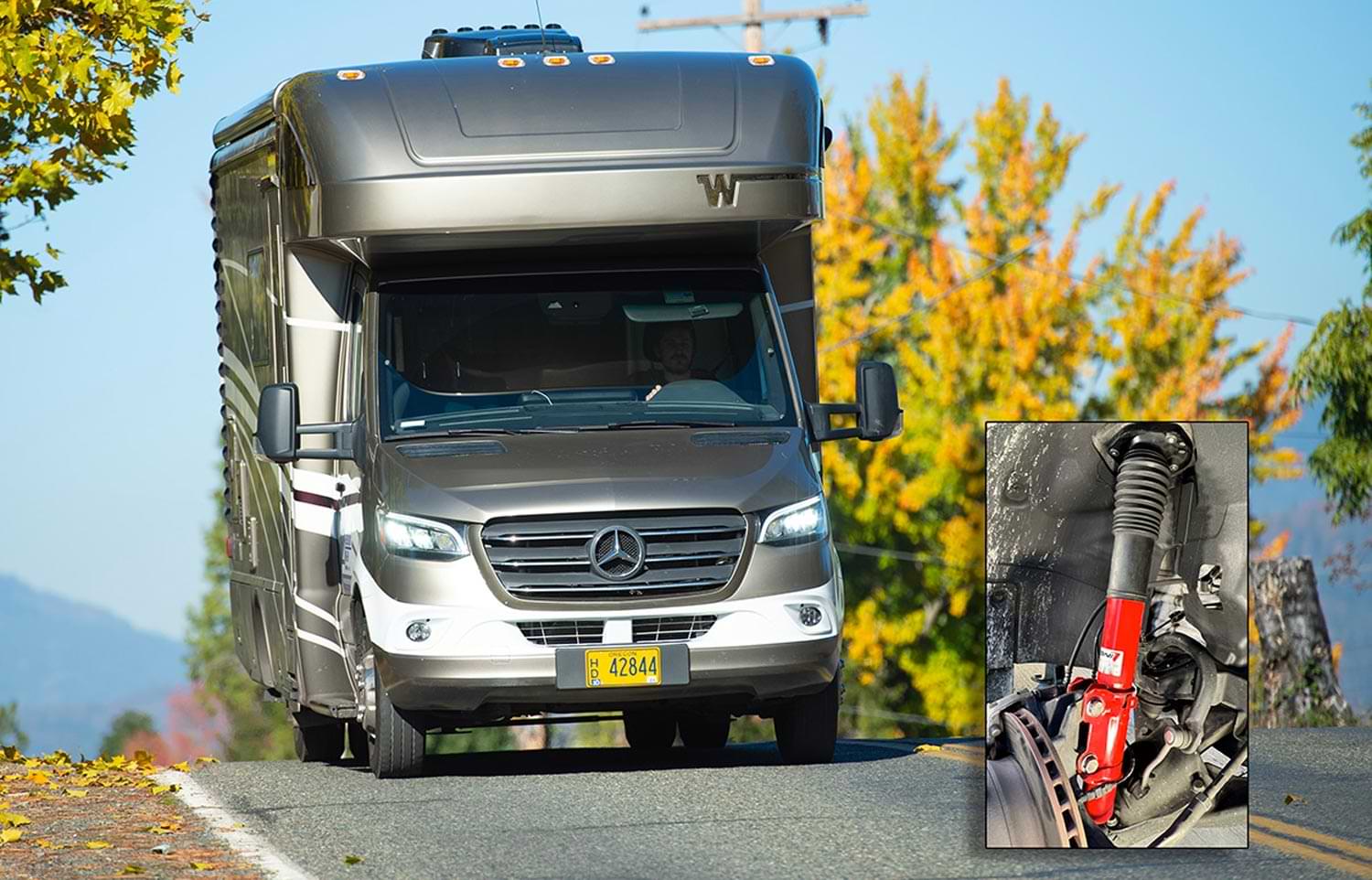
nytime a group of RVers get together, one sure topic of conversation is the “towing capacity” of their rig — and we’re not just talking about pickup trucks. Motorhomes also are rated by their manufacturers with a maximum weighted ability to pull “stuff” across the country.
On the other hand, one topic usually overlooked — but shouldn’t be — is their rig’s cargo-carrying capacity, especially for a self-contained coach not traveling with a dinghy. And since you won’t see a “toad” behind a Class B motorhome, what owners put inside their conversion vans (and even smaller Class A and Class C motorhomes) has a big effect on how they handle.
For example, a 2022 Mercedes-Benz Sprinter 3500 chassis — a popular choice for manufacturers of luxury Class B and Class C coaches — has a stout 11,030-pound GVWR (gross vehicle weight rating). That’s an impressive number and leaves plenty of room for cargo and things you’ll pick up along the way. However, the more “stuff” you add to any vehicle, the more it tends to negatively impact its riding and handling abilities. Age and miles also take their toll.

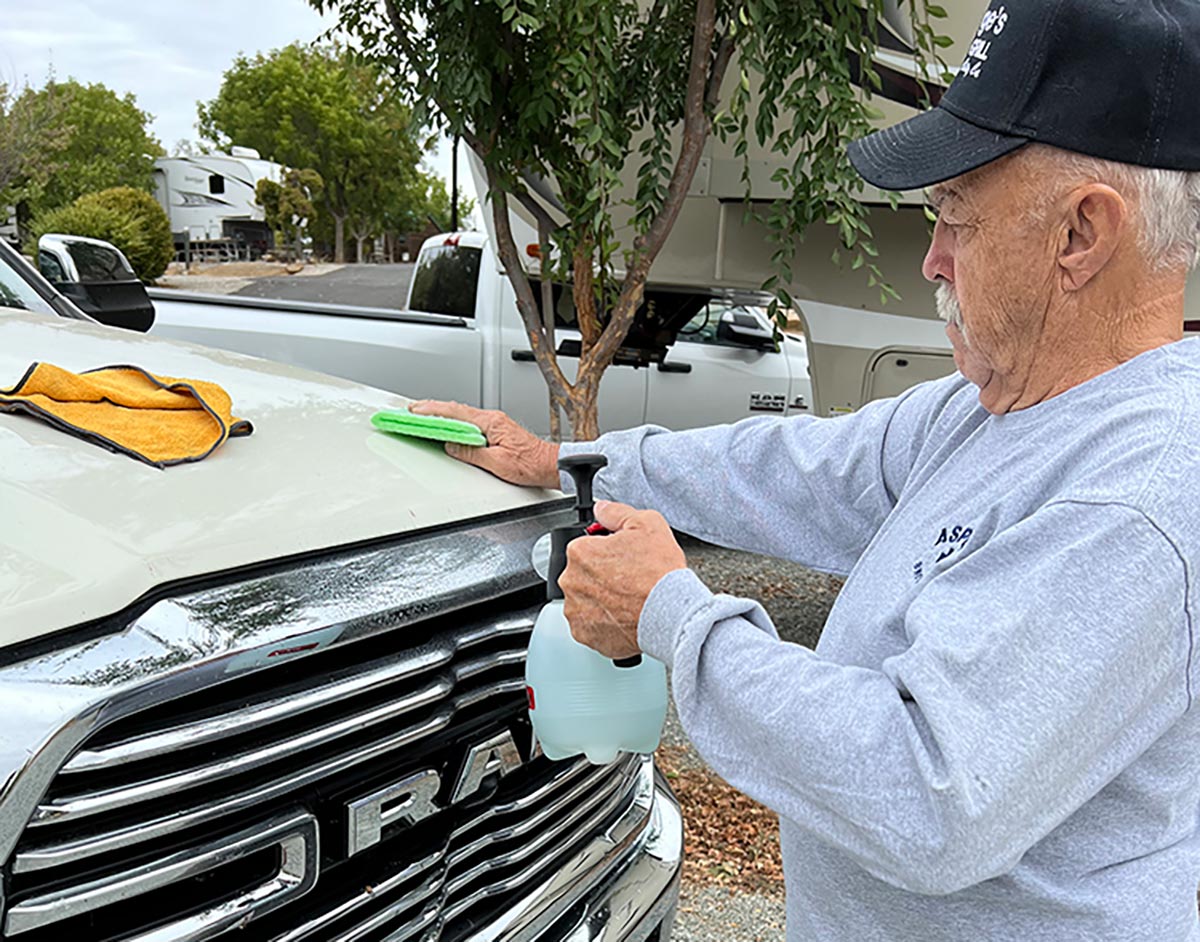
f you’re an entomologist, you love bugs. If you’re an RVer, not so much. For RVers, the bug collection can be found on the windshield, grilles and the front of their rigs — and they make a mess. Once bugs have dried on these surfaces, removing them can be pretty difficult.
Over the years I have used several commercial bug cleaners; some work and some don’t. Recently, I ran out of cleaner — and the bug remains stacked up. Since I hate to see bugs on my tow vehicle and fifth wheel, I experimented with a few products I already had in my storage compartment — and discovered that, together, they worked amazingly well.


hen you’re RVing, you never know the quality and hardness of the water you hook up to at a campground. Hard water wreaks havoc on any RV water system and usually ends up leaving heavy calcium and other mineral deposits on the faucet spray head or aerator — to a point where the water either stops flowing or does a wild dance all over the sink counter. Removing these ugly deposits should be done periodically to keep the water flowing smoothly and prevent damage to the faucets.
While there are products on the market that are formulated to break up these calcium and lime deposits, finding a way to use them without first having to remove the spray head, aerator and/or even an auxiliary spigot can be problematic. After some head scratching, we found a slick and easy method to get the job done with little effort and expense: We enlisted small Ziploc storage bags, cable ties and CLR Calcium, Lime & Rust Remover, all commonly available in grocery stores and Walmart.

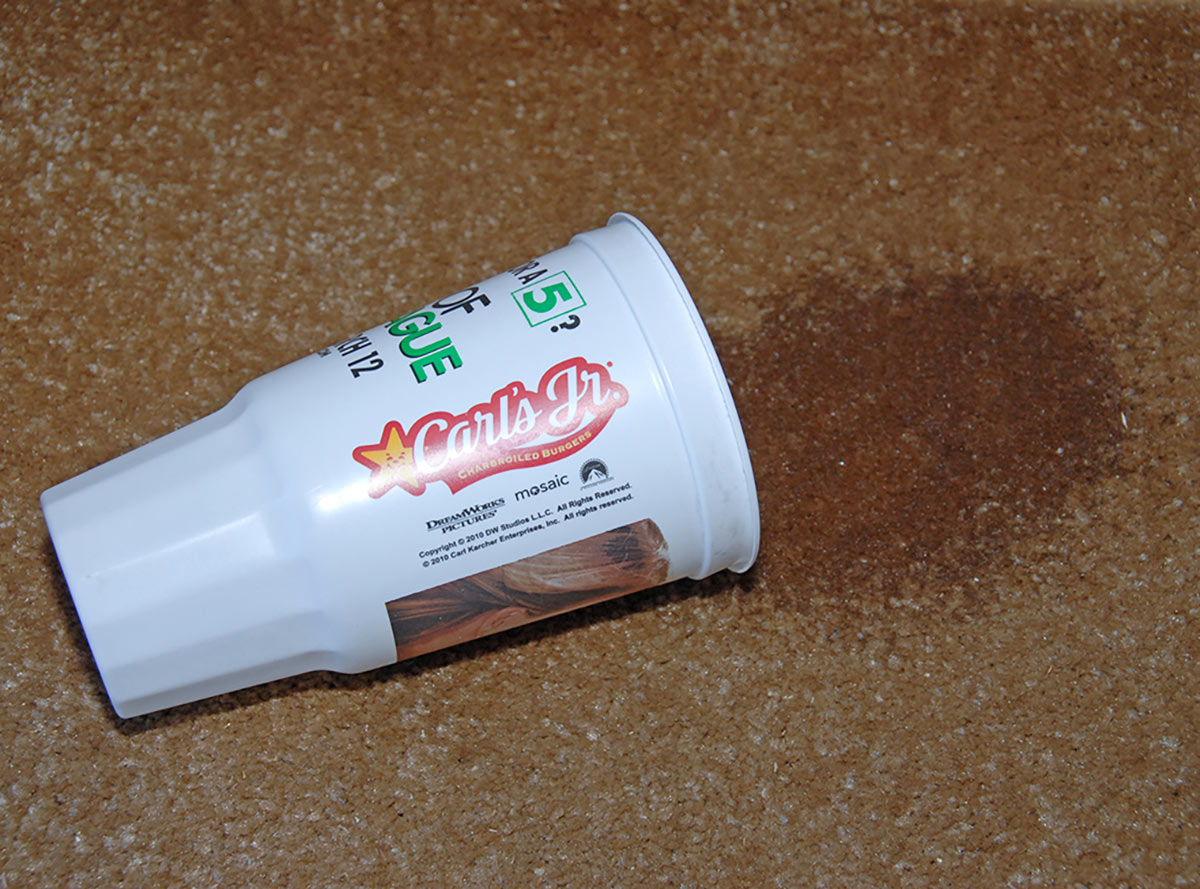
hile the RV industry is rapidly moving away from carpet to more easily cleaned flooring products such as linoleum and tile throughout many motorhomes and trailers, floor coverings made of thick woven fabric can still be found in many new RVs — and a lot of older units. And if there’s one thing RVers have discovered, it’s that carpet is a dirt magnet.
Fortunately, most common stains can be removed with a spot carpet cleaner, but beware: They are not all created equal. In fact, some carpet cleaning products can actually make stains worse, as their residue can actually attract dirt.
So how do you know what’s best for you and your RV? Look for products that have been awarded the Carpet and Rug Institute (CRI) Seal of Approval (SOA). The CRI tests an assortment of carpet cleaning solutions and equipment and has found a big difference in how well these products work. According to the organization’s website, the CRI is the carpet industry’s only scientific program designed to test and measure the effectiveness of cleaning products and equipment, helping consumers make informed decisions about the product(s) they use. Products are evaluated on seven performance attributes: soil-removal efficacy, resoiling, residual moisture, surface appearance change, pH level and optical brighteners.

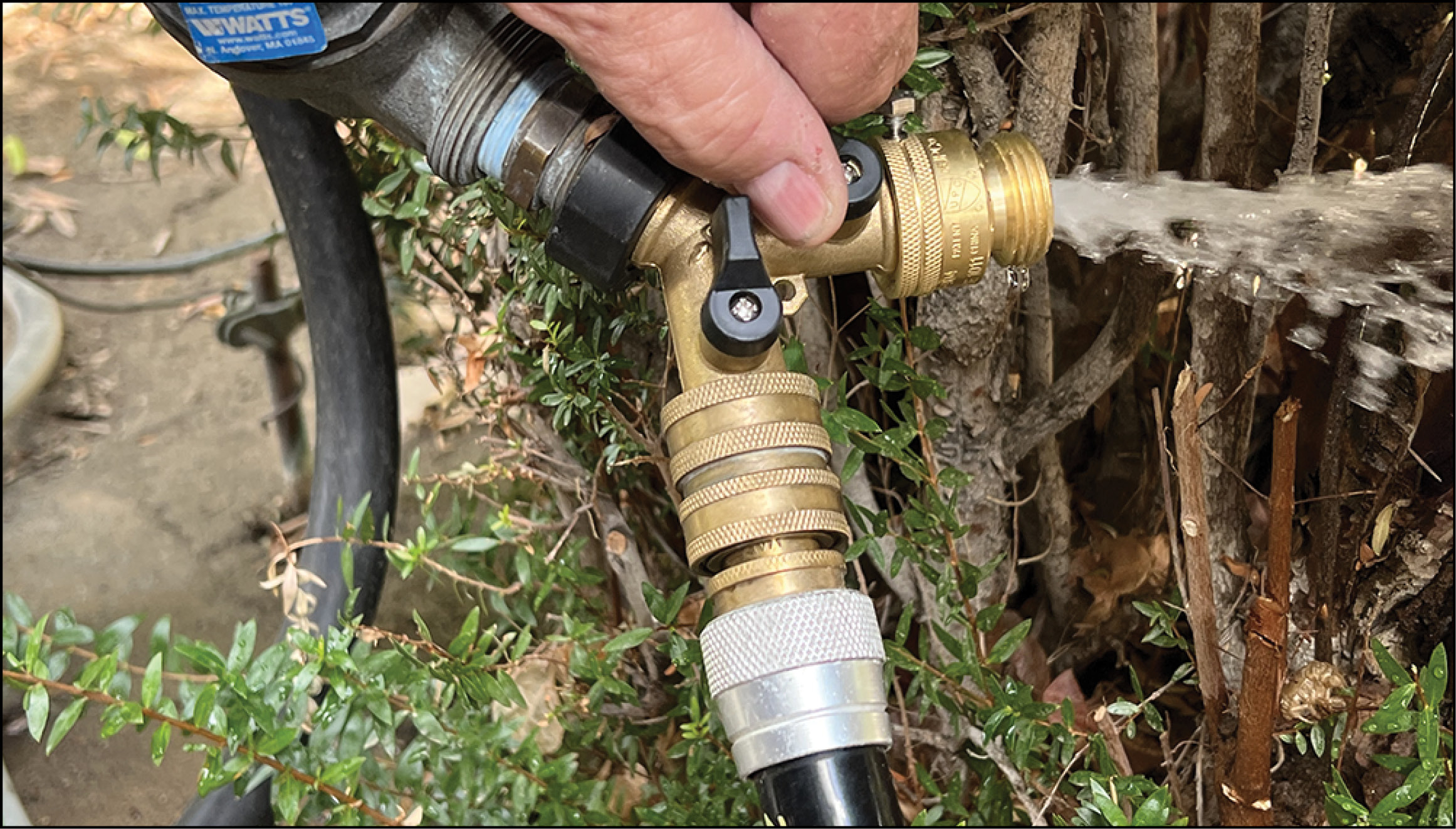
onnecting a hose to the RV hookup spigot seems like a benign process — but there are times when the placement of these faucets can have you scratching your head, wondering how designers managed to complicate the process when installing the faucet as part of the hook-up utilities. That’s when a wye connector comes in handy. These simple “splitters” do the obvious: They allow two hoses to be connected at once. Further exploration, however, reveals several other convenient purposes when using this inexpensive piece of equipment.
First off, I use a home-style pressure regulator, which is bigger and bulkier than the typical fitting found in RV supply stores and in starter kits provided with new RVs. Faucets that are too close to the ground, or worse yet, pointed downward, made it difficult to attach the regulator and hose without crimping the hose and impeding water flow. Adding a wye adapter (like the one I purchased at Lowe’s for $11) allows the connection point to be moved into a position that will provide additional clearance.


toring fruit and vegetables seems like a simple enough proposition, but for most RVers, there is a certain amount of spoilage that translates into a waste of money and more runs to the grocery store to replenish the refrigerator. The Internet is chock-full of products designed to store food, including the more common plastic bags and containers (which, at the least, may help you stay organized). Most containers, however, are bulky and take up precious space in the smallish confines of a typical RV refrigerator.
My wife, Lynne, discovered the solution to spoiled produce many years ago — special green storage bags designed to prolong the life of fruit and vegetables. The first ones were marketed without much hype, and we were told that they were invented in Japan. Nowadays these bags are marketed under the Debbie Meyer Green Bags moniker and are readily available on the Internet (debbiemeyershop.com).

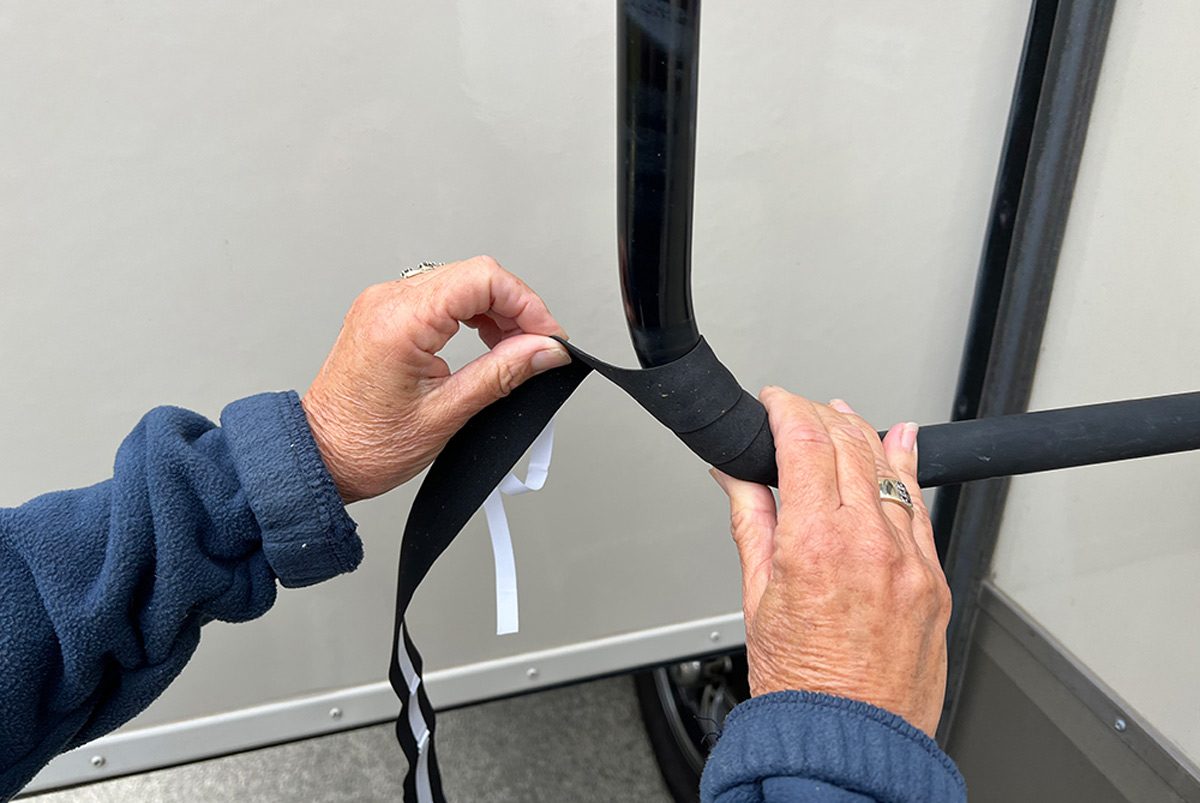
rab handles can be indispensable when it comes to entering and exiting an RV — especially with travel trailers and fifth wheels, which usually require a longer “hike” to get to the door threshold or ground. Unfortunately, constant use means the foam tube mounted around the center portion of the arm to facilitate a secure grip will eventually deteriorate — and without it, the grab handle can become slippery and dangerous.
Replacement foam grips are available from RV supply stores and online, but I discovered that bicycle handlebar tape — the stuff we all used as kids on our very first transportation vehicles — is a great alternative. Like so many other things, I learned this almost by accident; while traveling last summer, the foam grip on the grab handle of our fifth wheel ripped off. Not able to wait for a replacement to be shipped — there were no RV supply stores in the area and waiting for a delivery would have caused me to surrender my next reservation — I procured handlebar tape while visiting a local, small-town bicycle shop for $20. There are dozens of handlebar tape styles on the market in different patterns and colors — some thicker than others. I was happy to find handlebar tape in black that was impregnated with real cork. It was fairly thick and offered plenty of shock absorption. Higher-end tape, used by hardcore bicycle enthusiasts, is even thicker and prettier — albeit more expensive.

Flavor Intensifier
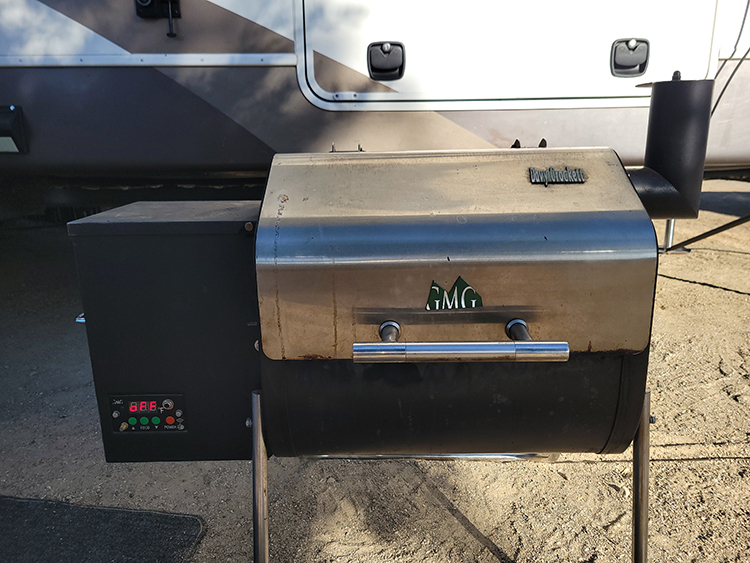
e all know that food that’s cooked outdoors just tastes better. That’s why so many RVers pack along a barbeque. It’s always fun to take in the aroma that permeates the adjacent sites, encouraging others to cook outdoors or come looking. Portable gas grills and griddles are probably the most popular among RVers heck, the Blackstone has developed a cult following and products offered by companies such as Way Interglobal’s Greystone line are a hit with outdoor enthusiasts, as well.
That said, RVers are always looking for something different and the proliferation of pellet grills on the market is spurring big interest from RVers looking to do something a bit off the beaten path. In fact, some companies are targeting RVers with new, compact models, and even RV manufacturers have noticed. KZ RV, for one, will be including a pellet smoker on certain of its Durango fifth wheels for the 2023 model year.

Plugging the Gaps
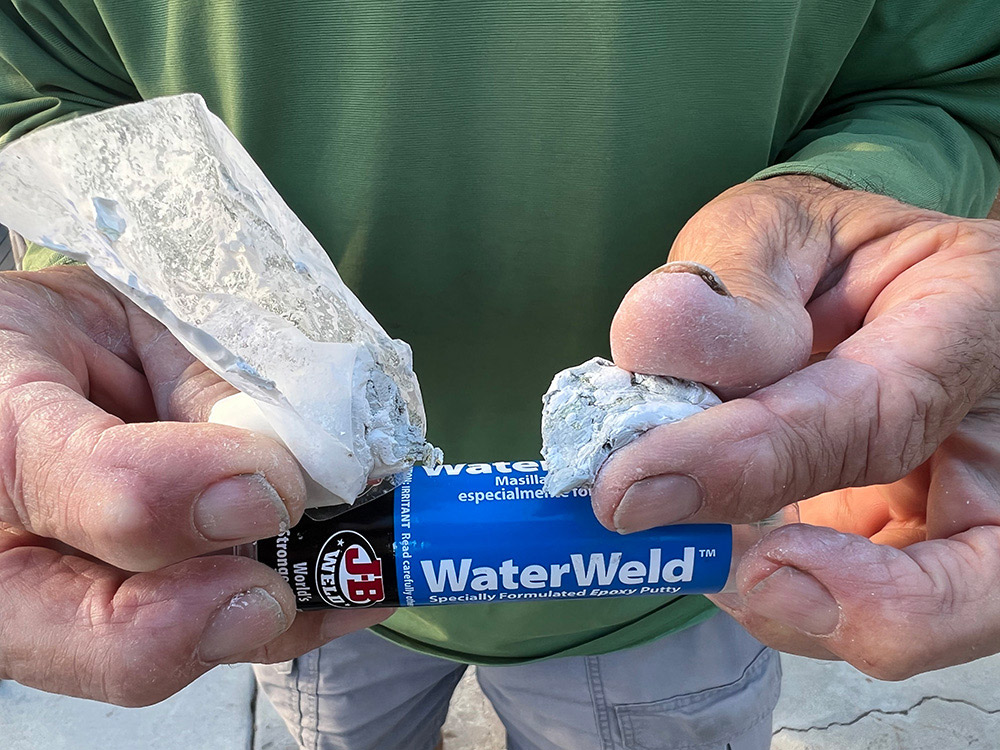
nyone who has worked around cars and metal probably is familiar with J-B Weld bonding products jbweld.com. They are go-to “epoxies” touted to provide the “World’s Strongest Bond” — and they work. One of my first encounters with J-B Weld was more that 40 years ago when brain flatulence possessed me into drilling a hole in a vehicle gas tank in order to mount a clamp for a wire cable. Yup, pretty stupid, but J-B Weld saved the day and held to the day the vehicle was traded in.
More recently, a couple of places on my fifth wheel’s front cap became damaged because of flying rocks. It’s important to seal any holes immediately to prevent moisture intrusion and J-B WaterWeld made short work of plugging those holes.

Closing the Gaps
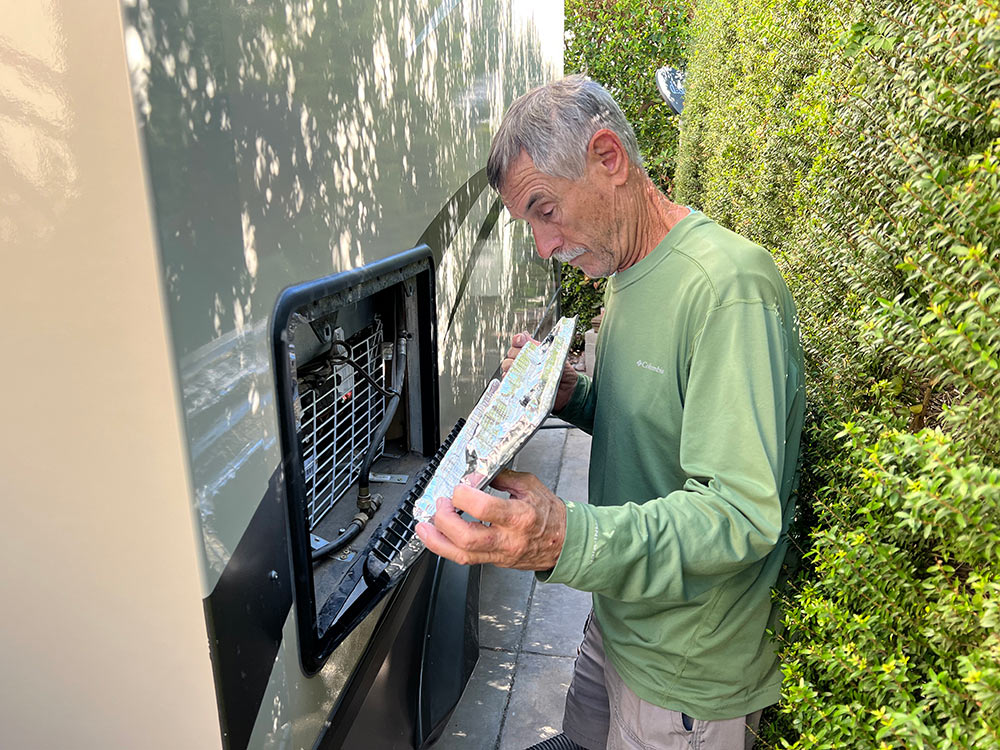
he trend to opting for compressor-type refrigerators as standard equipment in RVs these days is moving along at a rapid rate. The popularity of 12-volt DC refrigerators is growing every year, offering a practical alternative to residential models which require 120-volt AC power. As the market expands, so does the viability of replacing an absorption refrigerator with a direct-fit model that can be accomplished by handy do-it-yourselfers.
I made the switch to a 12-volt DC Everchill model a year ago and enjoy the versatility of running on battery power — and the increase in food-storage capacity. Other than routing 12-volt DC power to the refrigerator compartment and plugging the LP-gas line, the hardest part of such a project is the heavy lifting. The other consideration was closing off the holes in the exterior access panels, which will prevent an unwanted breeze into the living quarters from the wind and also provide an added level of insulation.

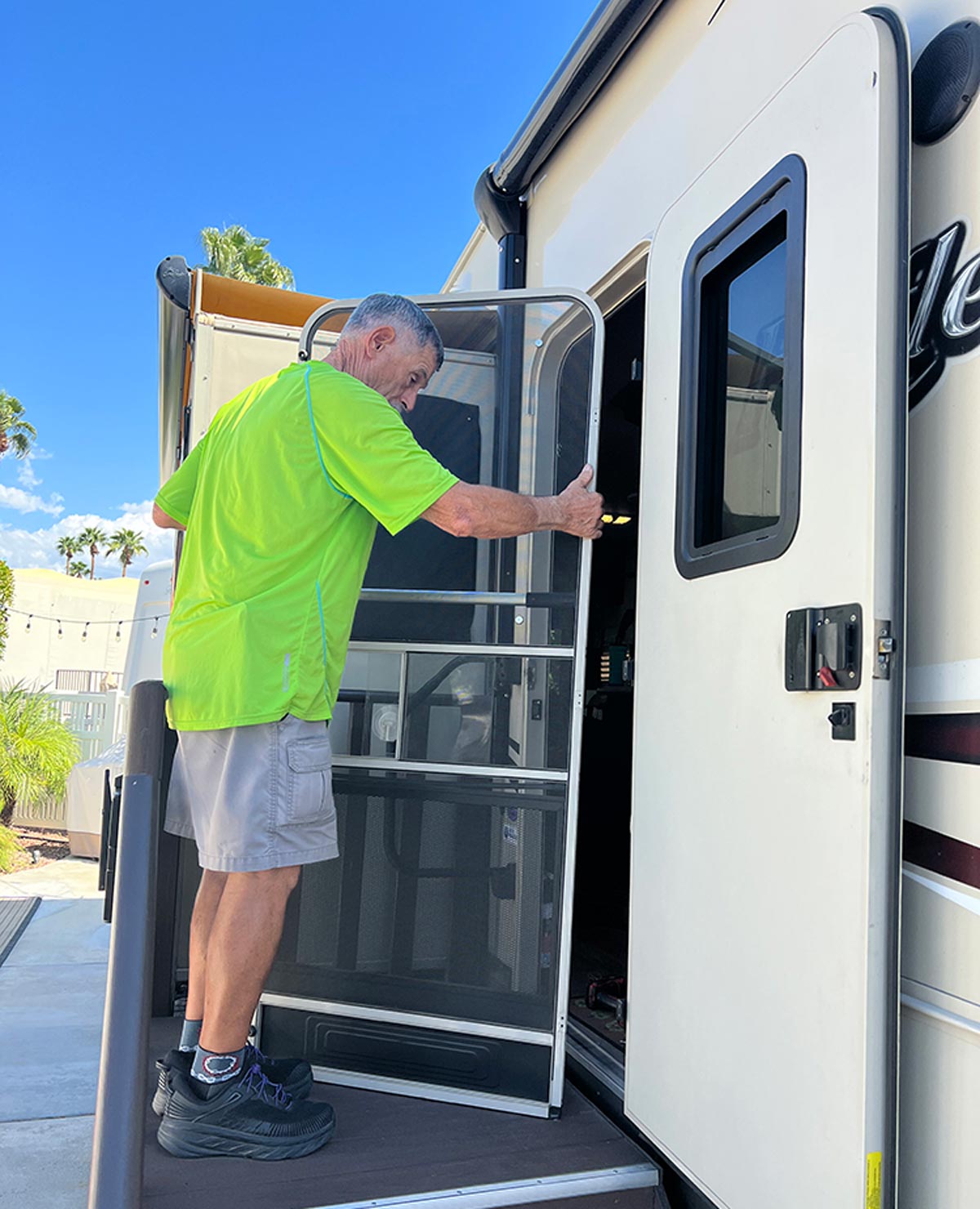
Vs are fitted with a framed entry-way screen that’s integrated into the hinge mechanism and makes it possible to work in concert with the main door. It’s a system that’s as common in the RV industry as wheels — and, for the most part, it works. The screen is designed to be used independently of the entry door and is latched in place when it comes time to close the screen and entry doors together. Over time, however, the screen frame can sag on its hinges — creating a drag that makes it hard to open and close, which also impacts the operation of the entire entry-door system.
The trick to restoring clearance on the threshold is to relocate the screen frame on its hinges, which is a simple 30-minute project.

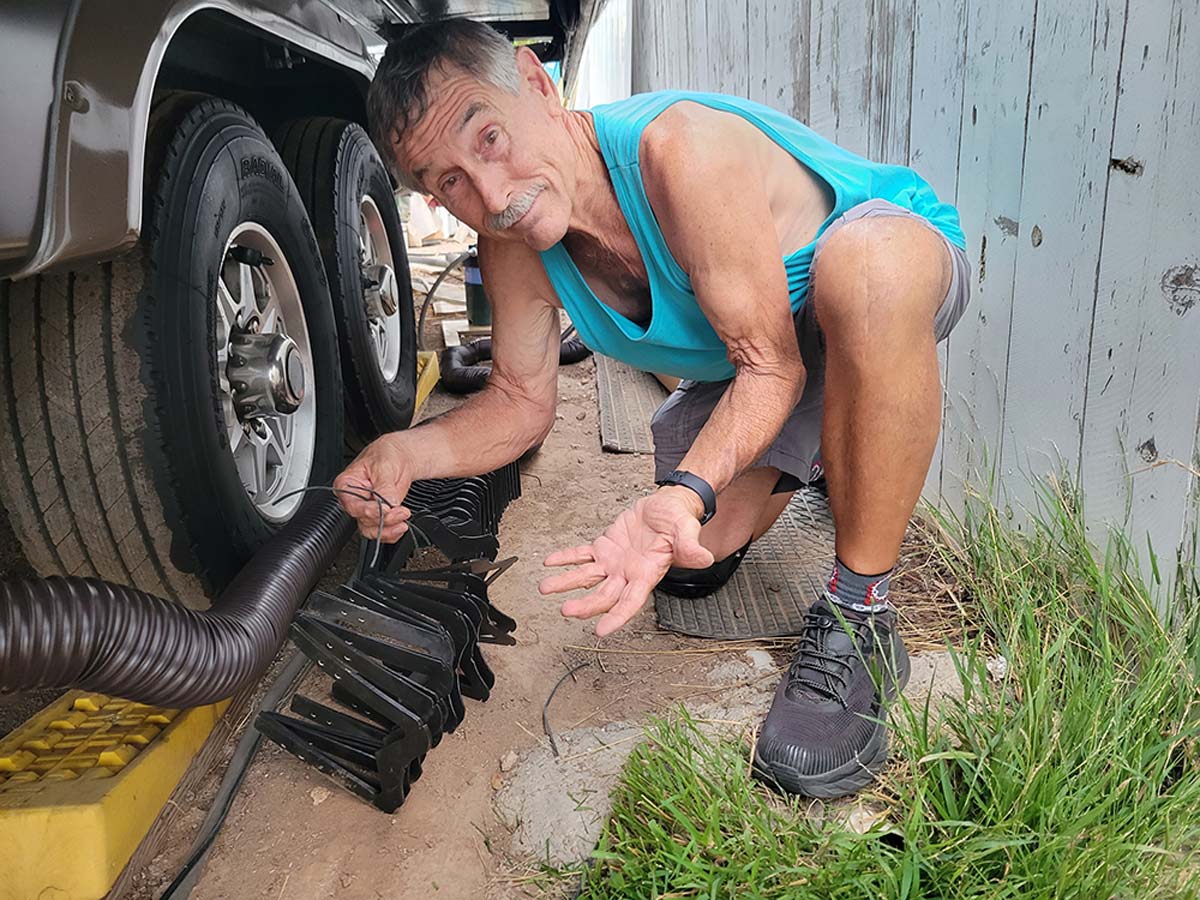
Placing the sewer hose on the support always resulted in a jumbled mess. The original ties were hard to install and did not keep the hose in place, especially when the support was on unlevel ground.
xtending a sewer hose as part of the hook-up process in an RV park is just part of the deal. In fact, in some places (like Oregon), state law requires that your sewer hose be always off the ground. Then, of course, there are those sewer inlets in parks that simply defy physics by extending the hook-up point above the ground — making it necessary to manually lift the hose off the ground so that the contents run downhill.
To overcome these obstacles, RVers use some sort of a sewer support to position and contain the sewer hose. I carry a Valterra 25-foot Slunky Sewer Hose Support (valterra.com), but there are several other excellent choices out there, including Thetford’s Titan Sewer Hose Support (thetford.com), Camco’s Sidewinder Sewer Hose Support (camco.net/home) and Lippert’s Waste Master Flow Down RV Drain Support (store.lci1.com). All can usually be found on amazon and at RV supply stores.

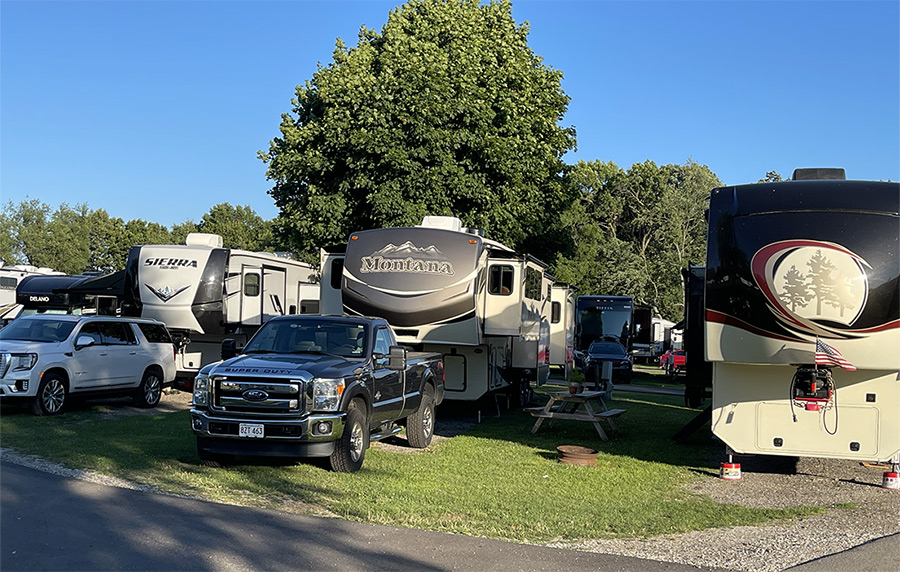
ometimes little things can make a big difference. Over the years I’ve discovered simple solutions to situations that usually rear their ugly heads in the most inopportune times — and have the potential of impacting any trip. The Internet (and, specifically, Amazon) has made it easy to find things that can be used in unorthodox ways to solve problems and improve the longevity of items that can create big snags when they fail. Here are three of them.
Pinned Down
Entry steps that fold down from the doorway and provide solid contact with the ground have revolutionized how we get in and out of our RVs. Beyond the additional support these steps provide — and the improved safety factor — the adjustable legs make it easy to stabilize the steps on uneven terrain. The pins that hold the step assembly in place on Lippert’s Solid Step system do a great job of immobilizing the inner braces — but grabbing on to the end to remove can be difficult for those with short (or soft) fingernails. Replacing these pins with a counterpart with a spring-loaded ball-and-grab ring provides a much better grip.

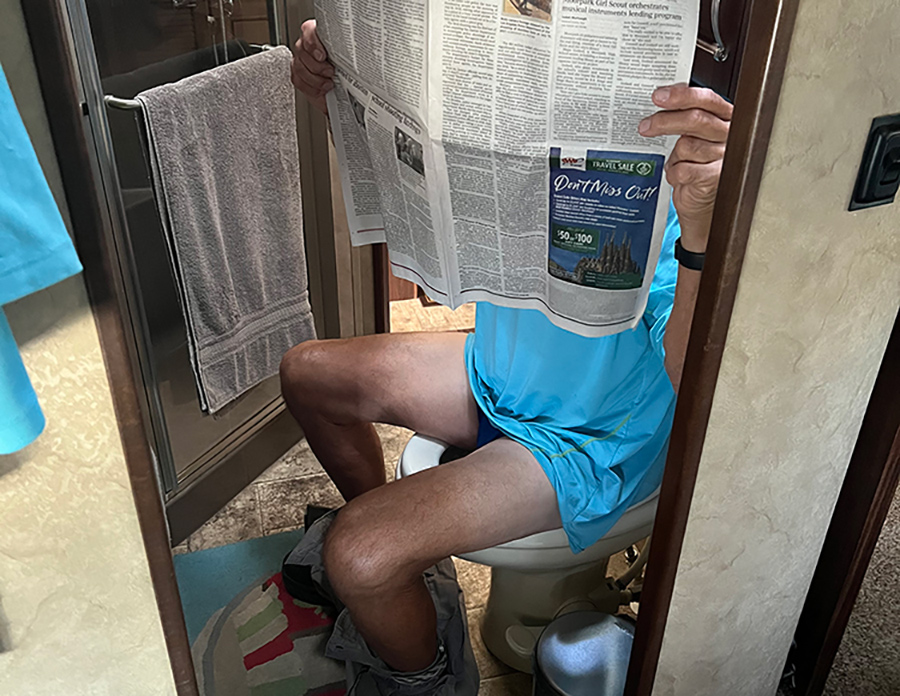
y Dometic toilet seat had seen better days after 10 years of full-time service. Heck, I’m truly amazed that it even lasted that long. While there were no splinters or broken hinges to worry about, it did start to look terrible as some of the paint had worn off and other portions of the seat became discolored. Yup — it looked like crap.
I was somewhat shocked, however, when I learned that the price of a new Dometic toilet seat was about $70 — and, as I discovered, local home-improvement stores weren’t a lot cheaper. The bigger problem, though, was finding an exact fit between those residential-sized seats and my Dometic. I did finally find a couple of models that would fit, but I was not thrilled about the cheap plastic finish, nor could I match the color.



